INVITATION – FRIDAY 2ND DECEMBER
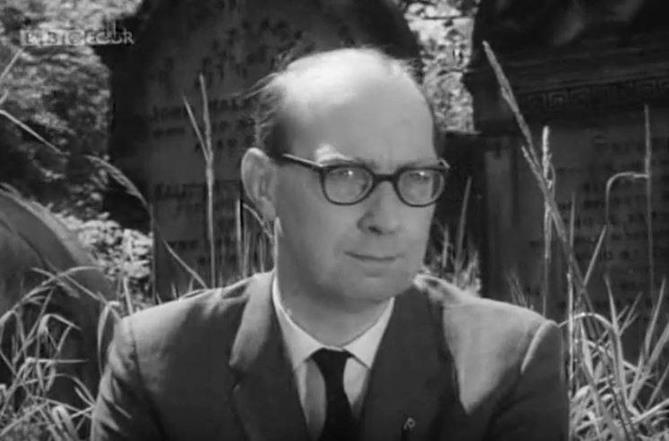
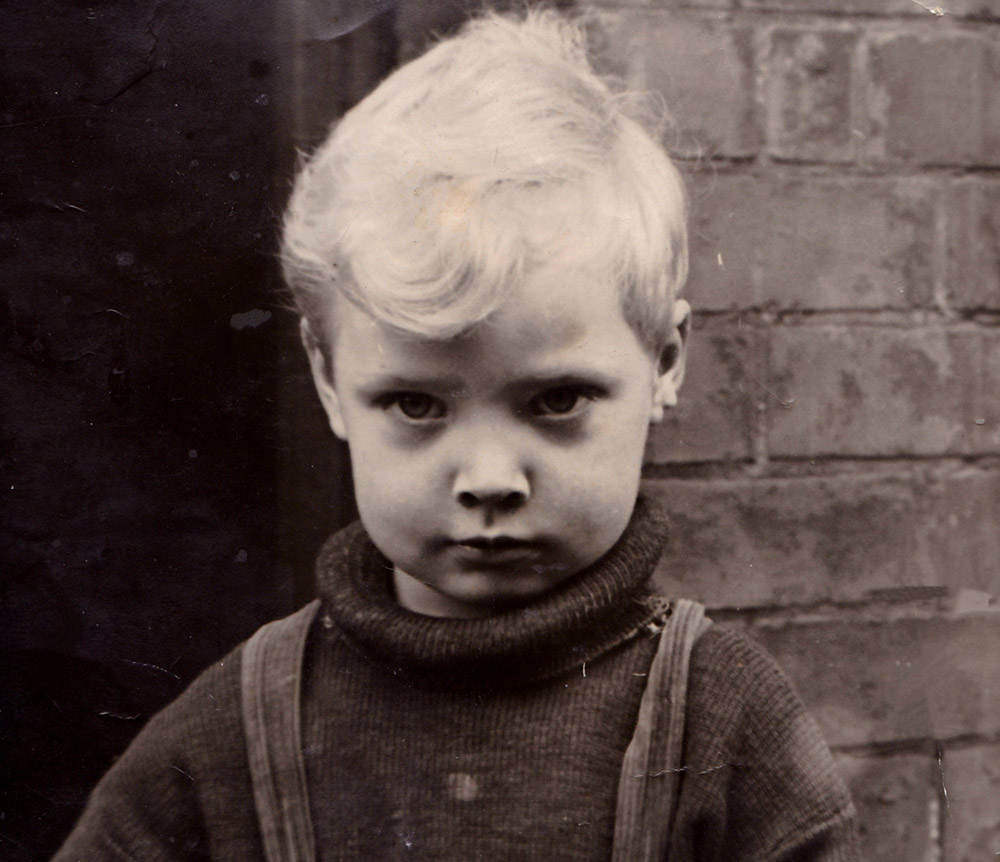
Pete Lowden is a member of the Friends of Hull General Cemetery committee which is committed to reclaiming the cemetery and returning it back to a community resource.


Pete Lowden is a member of the Friends of Hull General Cemetery committee which is committed to reclaiming the cemetery and returning it back to a community resource.
There is to be an information board in the Cemetery. The image above is hopefully how it will look. The board will sit inside the main gates on Spring Bank West. This board will provide a brief history of the site. It will also allow visitors to access via their smart phone some of the more interesting aspects and monuments of the site.
1. The Main Gates
The main gates were designed by the renowned local architect Cuthbert Brodrick in 1846 as part of the original cemetery entrance on Prince’s Avenue. The gates were removed in the early 1920’s when Prince’s Avenue was widened and moved to their current location. They are now Grade II listed and are one of only a few remaining examples of Brodrick’s work.
|
2. The Mason Monument
Benjamin Burnett Mason was born in Hull on 16 February 1822, the son of Capt Samuel Mason and his wife Martha (Burnett). He attended Trinity House School and upon leaving went to sea, He left shortly afterwards after suffering a severe attack of typhus fever, and became apprenticed to Mr William Hopwood, shipowner, who had offices at 32 High Street. Buying the firmAfter the death of Mr Hopwood, Benjamin and his fellow clerk, John Ellerby, purchased the business and renamed it Ellerby & Mason, Commission Agents. After the death of his partner, Benjamin carried on the business on his own. On 20 June 1844 he married Anne Green, youngest daughter of artist William Green, at St Mary’s Bishophill, York. Initially living in Northgate, Cottingham, where they had two sons Benjamin William and Samuel Burnett, prior to moving to Canton Place on Anlaby Road. Still later they moved to 3 Grosvenor Terrace on Beverley Road. Their eldest son, Benjamin William, died of scarlet fever on 29 November 1863 and was buried in Hull General Cemetery and a cast iron gothic monument was erected the following year by the family in his memory. The Monument
In 1866 Benjamin purchased the business of Messrs Hayes & Whittaker, wine and spirit merchants of Lowgate, the company owned ten bonding warehouses and several vessels carrying wine from the Iberian Peninsula. His wife Anne died of bronchitis on 7 February 1874 aged 58. Second marriageHe married Mary Jane Blyth at All Saints Church, Margaret Street on 3 March the following year. In 1878 Benjamin’s surviving son, Samuel B Mason joined the company, trading as BB Mason & Son. Benjamin was a member of the Hull Literary Society, a JP, a member of the Committee of the Hull Industrial School and Training Ship ‘Southampton’, a director of the Hull Dock Company among other positions. He was the author of a book on the Brief History of The Dock Company, and was an active member at the Minerva Lodge of Freemasons. DeathHowever, he suffered for many years with ill health, and died of bronchitis at his Grosvenor Terrace home on 12 January 1888 in his 76th year. His funeral was well attended by many local dignitaries, so numerous that it was impossible for them to get into the chapel. Benjamin and his first wife Anne were buried in the family grave with their son Benjamin William and their inscriptions were recorded on the gothic cross, although they no longer remain. The company successfully maintained the original premises which stretched through from Lowgate to Guildhall and continued in business until the 1980’s. His 2nd wife, Mary Jane, died on 4 December 1902 aged 79, and is buried in a separate grave in Hull General Cemetery.
|

Bill Longbone has had a long relationship with the Hull General Cemetery. He is an active member of the FOHGC and manages the work of the volunteers on the site. His biographical sketches of some of the people buried in the cemetery are one of the highpoints of the success of the Facebook site.
What a wet month this has been! It was still quite mild at the start, but it got colder towards the end and there was even a light frost on at least one of those days. Despite all the rain the volunteers still managed to set hundreds of wildflower plants in the grass verge along Spring Bank West. These were provided by the Council and some of the Council officers also helped us to plant them. This will hopefully help to increase the biodiversity of the cemetery wildlife. We are all looking forward to seeing the plants growing and flowering next year!
I’ve started this report with a Goldfinch because her bright colours were a welcome sight on a dull, wet day. The difference between the male and female of this species is very subtle – please see link at the end of this report containing more information.
I’ve seen plenty of Blue Tits, Great Tits and Chaffinches in the cemetery. These seem to be the commonest of the small birds – I see them every day without fail. Small groups of Chaffinches can often be seen feeding on the ground. The females are pale brown and at a glance can sometimes look like Sparrows.
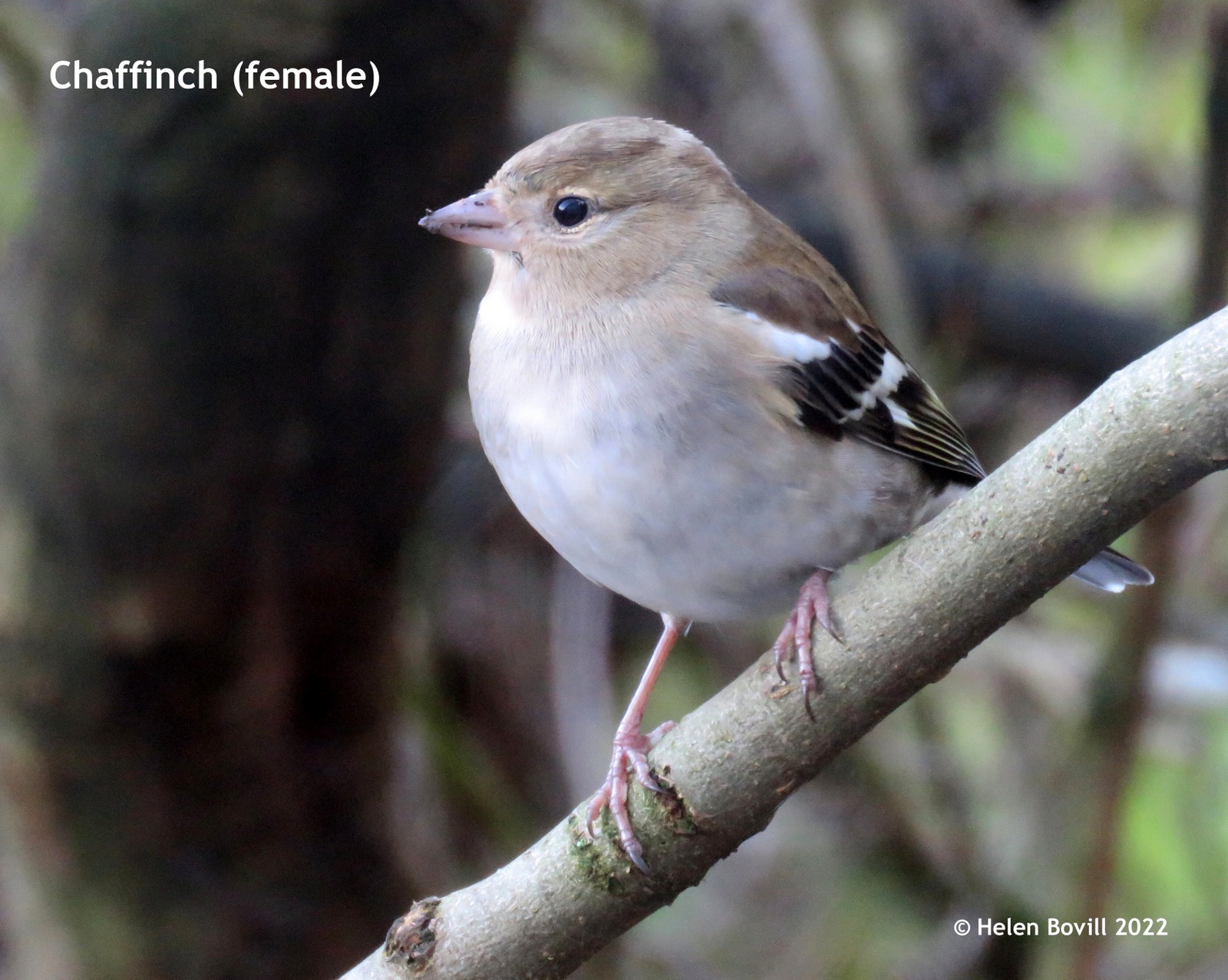
I usually see at least one Robin although there are several of these highly territorial and inquisitive birds around. I also saw a small flock of Long-tailed Tits calling to each other as they foraged for insects in the trees.
I’m happy to report regular sightings of Coal Tits again. These are the same size, possibly slightly smaller, than Blue Tits.
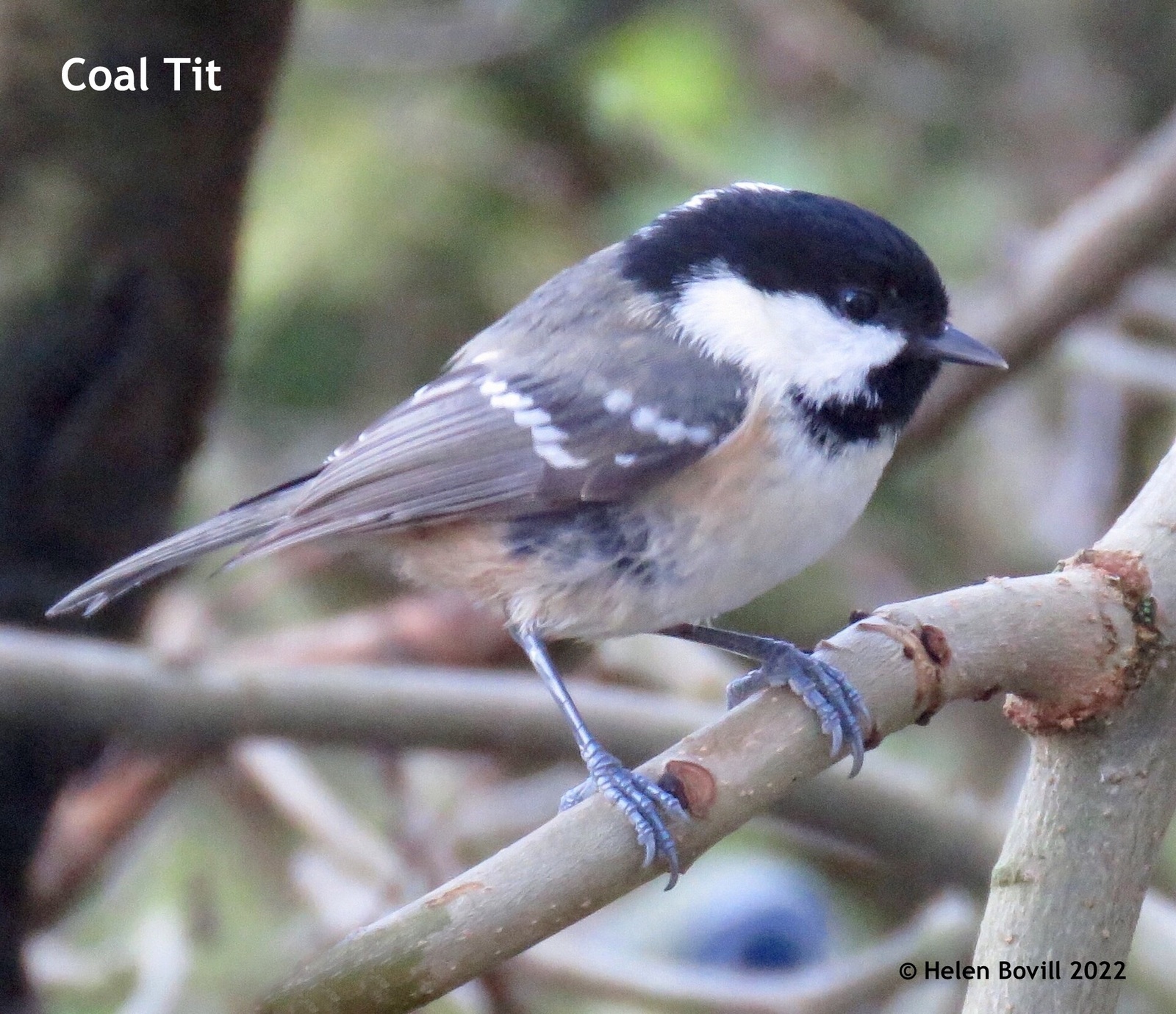
As you can see it lacks the blue and yellow colours of the Blue Tit and instead has light brown sides. It has a white patch on top of its black head.
Earlier this month we did our annual check of the nest boxes to see which ones had been used. To qualify as “used” the box had to contain a complete nest. Many of those nests were tightly packed into the nest boxes – note the slightly squared corners of this one.
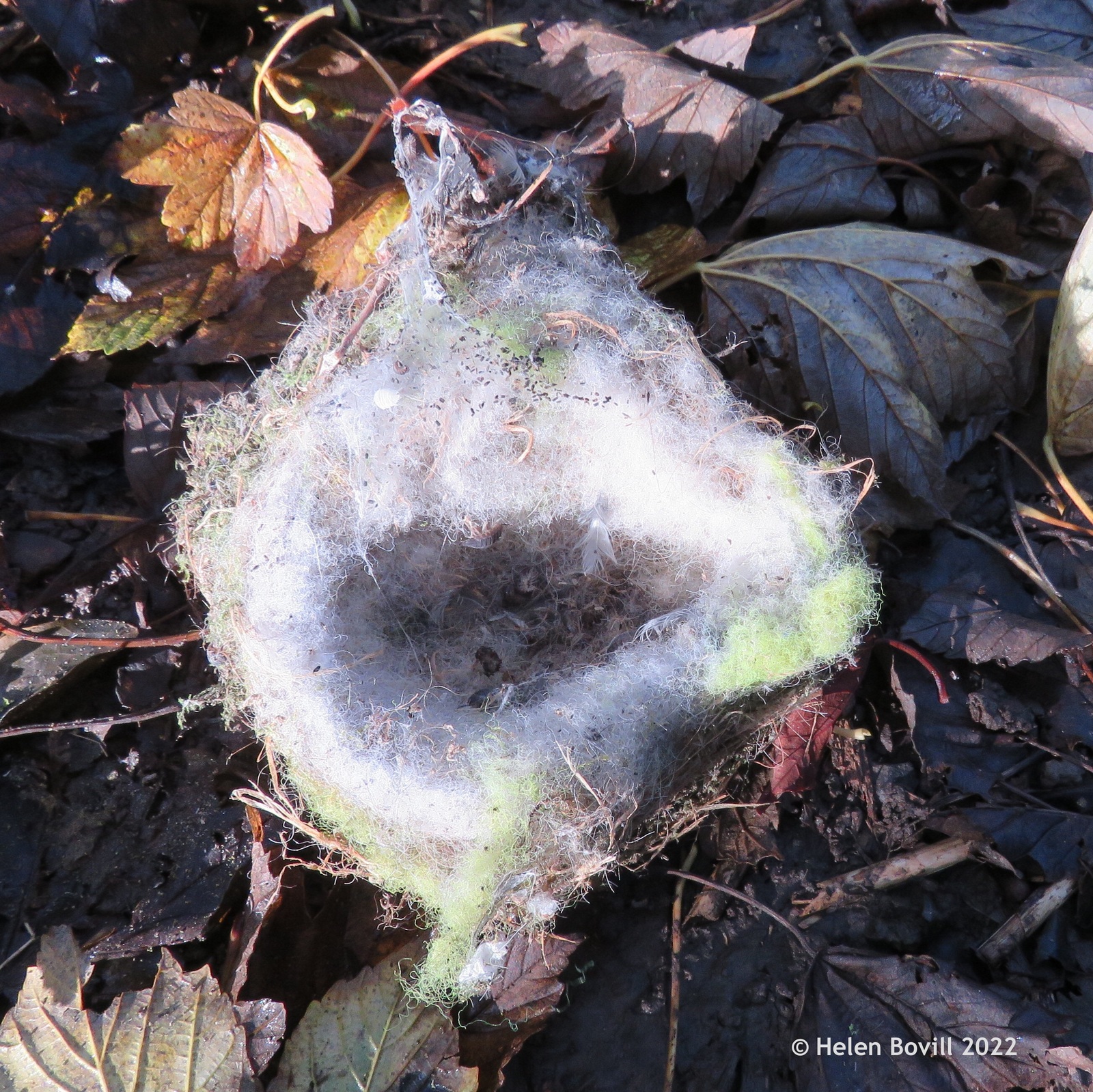
We found a variety of materials had been used. The one above seems to have been made from a white man-made material (possibly some sort of stuffing) and the outside of a tennis ball (green material). But most were made of mainly natural materials such as moss and plant stems.
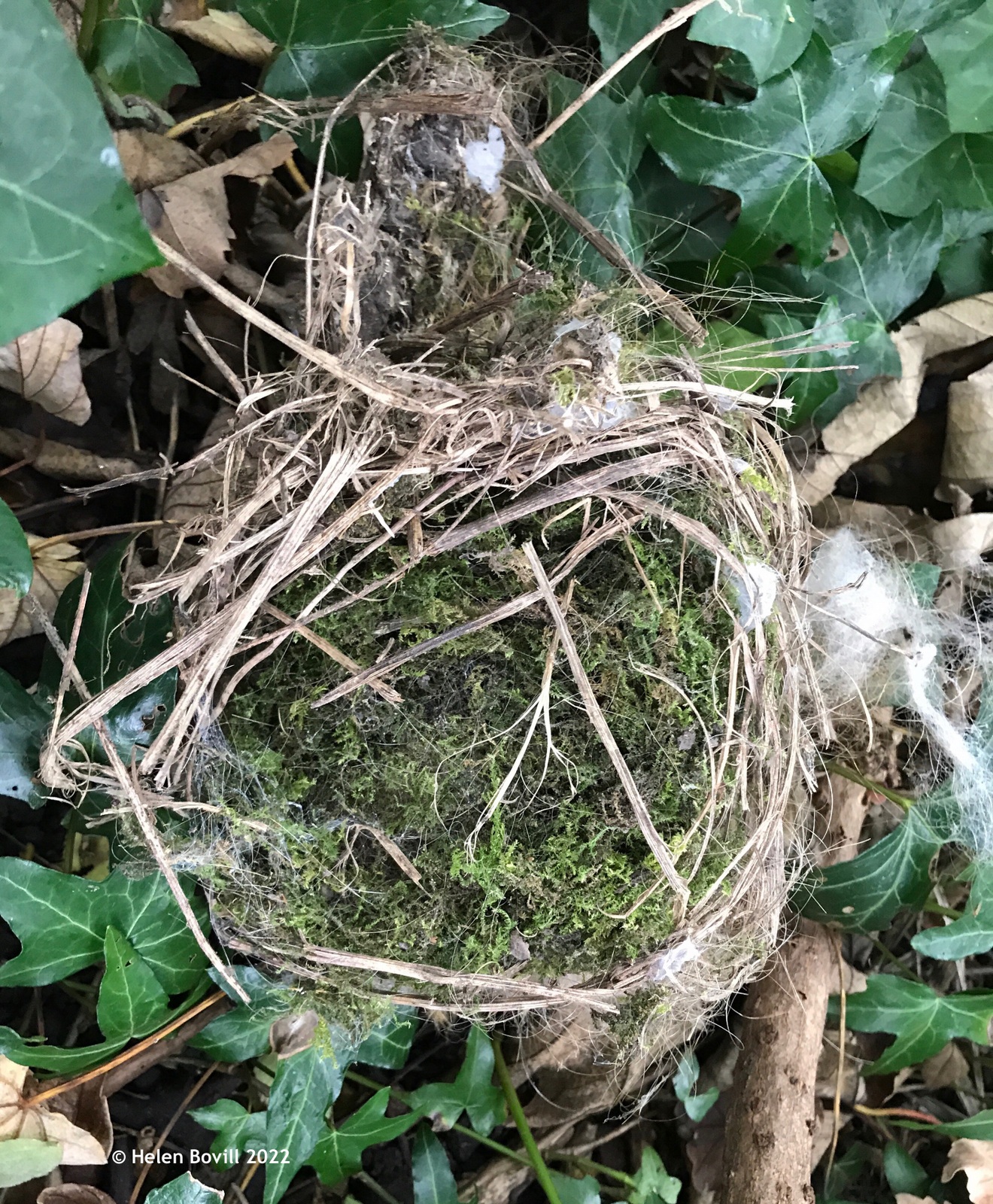
We also found a few of the boxes contained unhatched eggs – more than last year. I wonder if the hot summer weather encouraged the birds to try for a second or even a third brood? The cold weather would then have arrived before the eggs had time to hatch. One nest contained a dead chick that hadn’t managed to fledge and another nest contained the skeleton of what appeared to be a chick. We also found quite a lot of woodlice in the nests. All the old nests and nest material were removed from the boxes leaving them nice and clear for next year’s inhabitants.
We checked a total of 51 boxes and found that 31 of them had been used, giving an occupancy rate of 60.78%. It’s impossible to produce a completely scientific analysis of what constitutes a successful nest box because there are so many different factors involved. Design of box, size of entrance hole, position in the cemetery such as being near houses, near a road or footpath and so on all have to be considered.
Nevertheless a pattern has emerged over the 3 years we’ve been monitoring the nest boxes. It seems the boxes in the most central parts of the cemetery were least likely to be used; those near the footpaths had good occupancy rates. This includes the footpath nearest to Spring Bank West. This was a surprise considering how busy that road can often be. We also have a total of 13 boxes that have been used every year. But it does seem that we now have more than enough boxes for the existing bird population.
And the inhabitants of the boxes? Mainly Blue Tits, Great Tits and possibly Coal Tits. And Pigeons in the only one of the two Owl boxes we have that had been occupied this year. The other Owl box had not been used and still contained the nesting material we’d put there (as recommended) in the same condition that we left it in. Good proof that our boxes are nice and waterproof!
There were some lovely colours on the trees in the early and middle parts of the month.
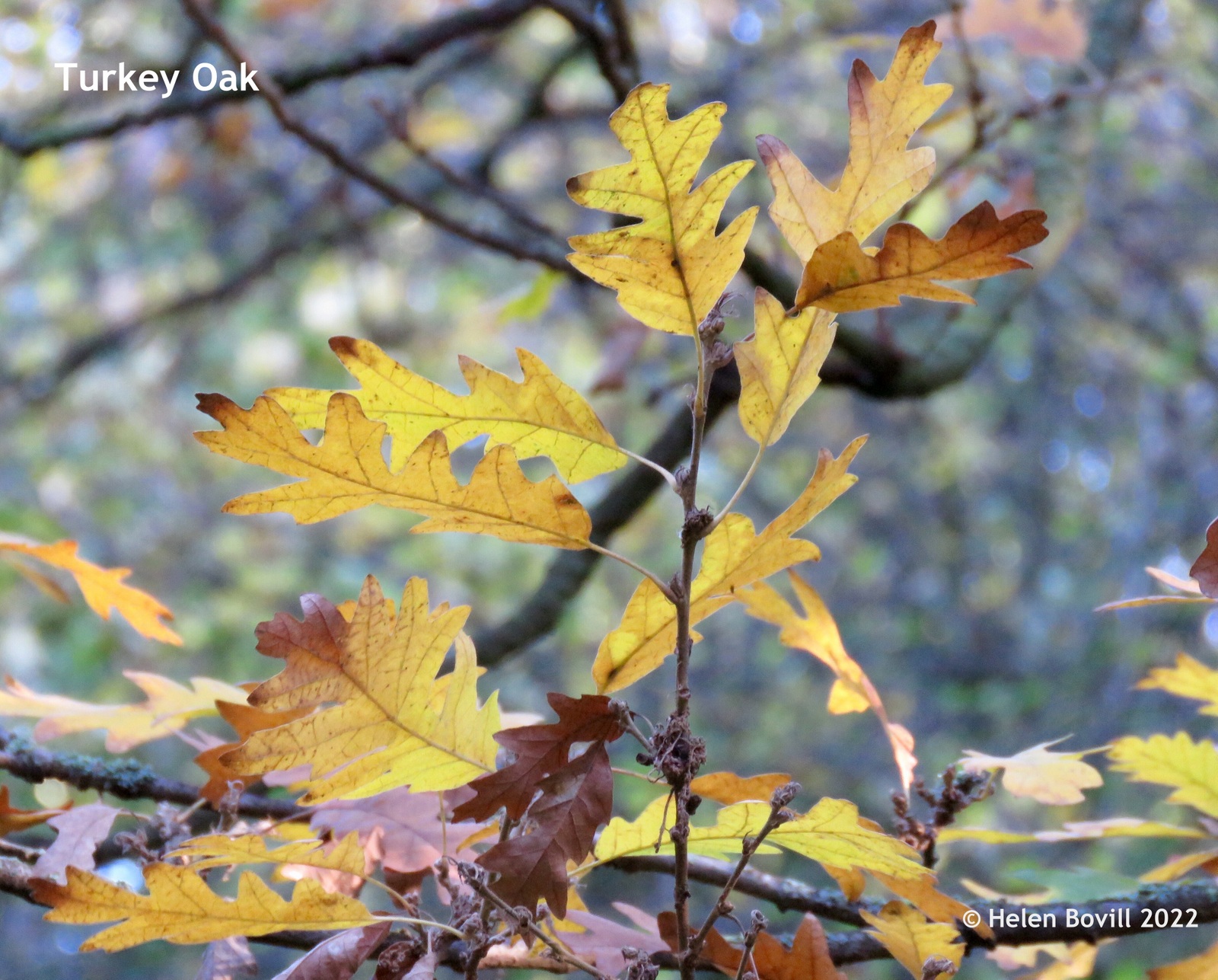
The rain really brought out those colours, especially on the leaves of the Norway Maples.
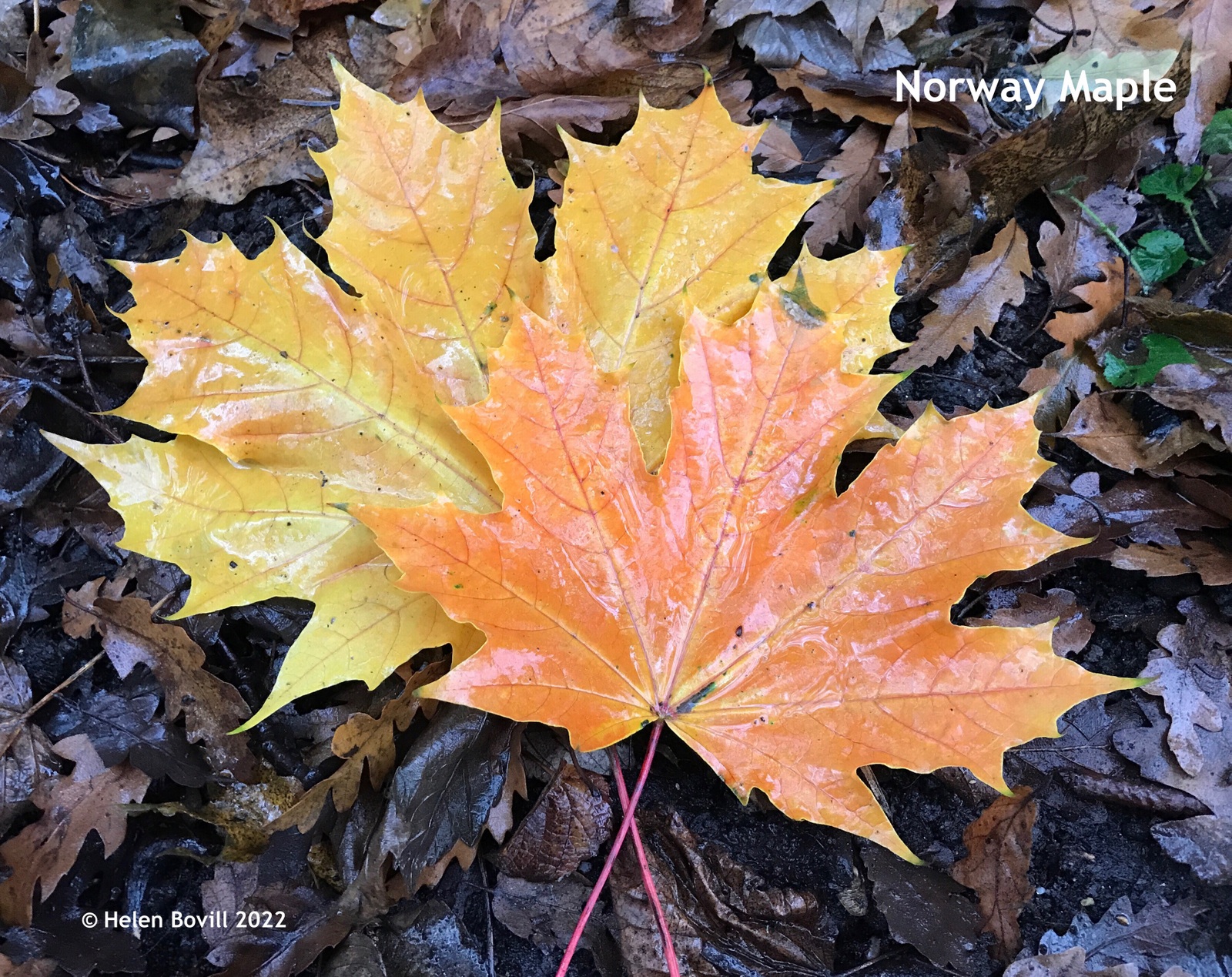
There are still plenty of fruits on the Pyracantha and the Holly, and I even found some Brambles still ripening. But all are great sources of food for the cemetery wildlife to eat.
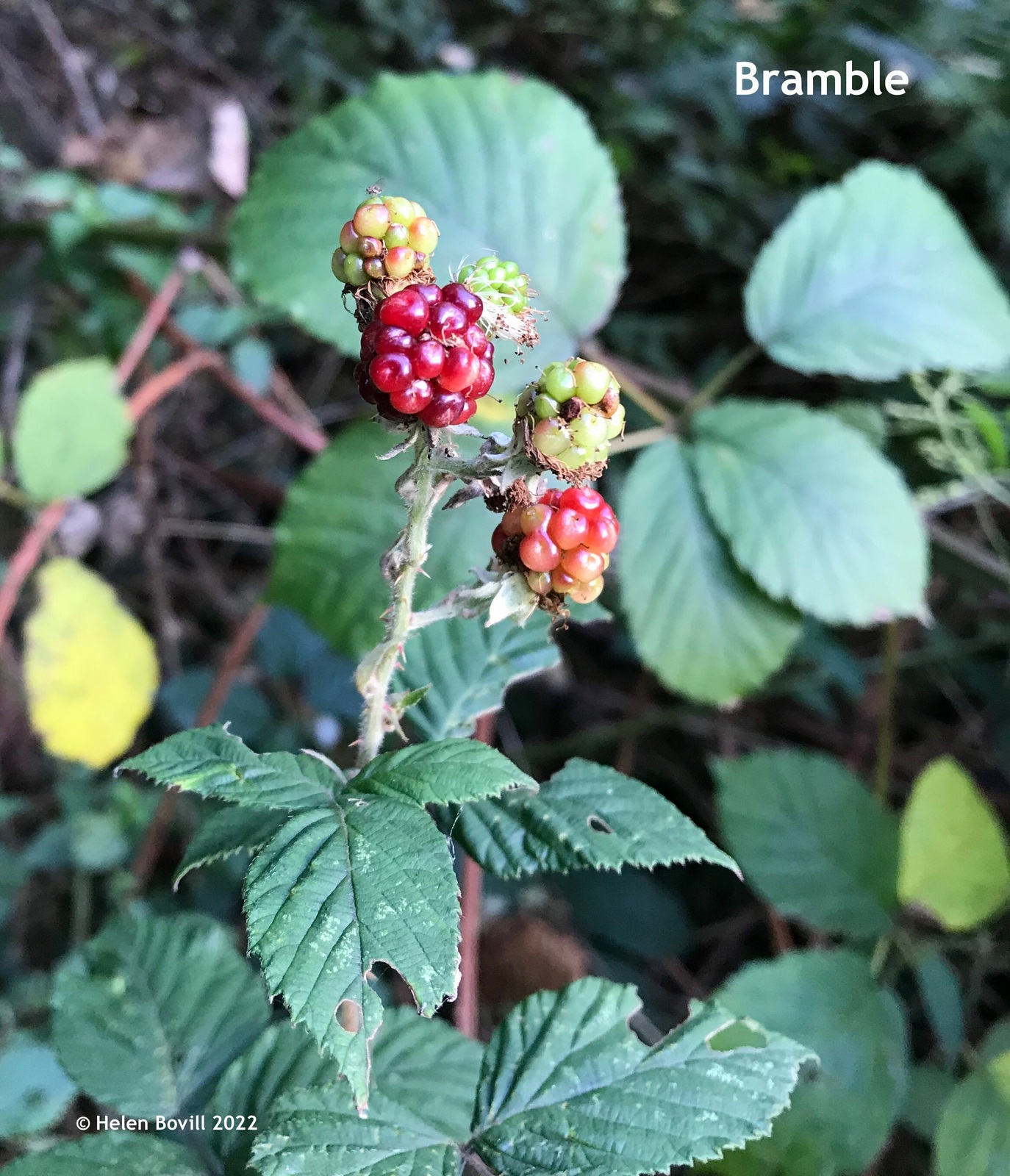
There were hardly any plants in flower this month. I did manage to find some Red Campion though.
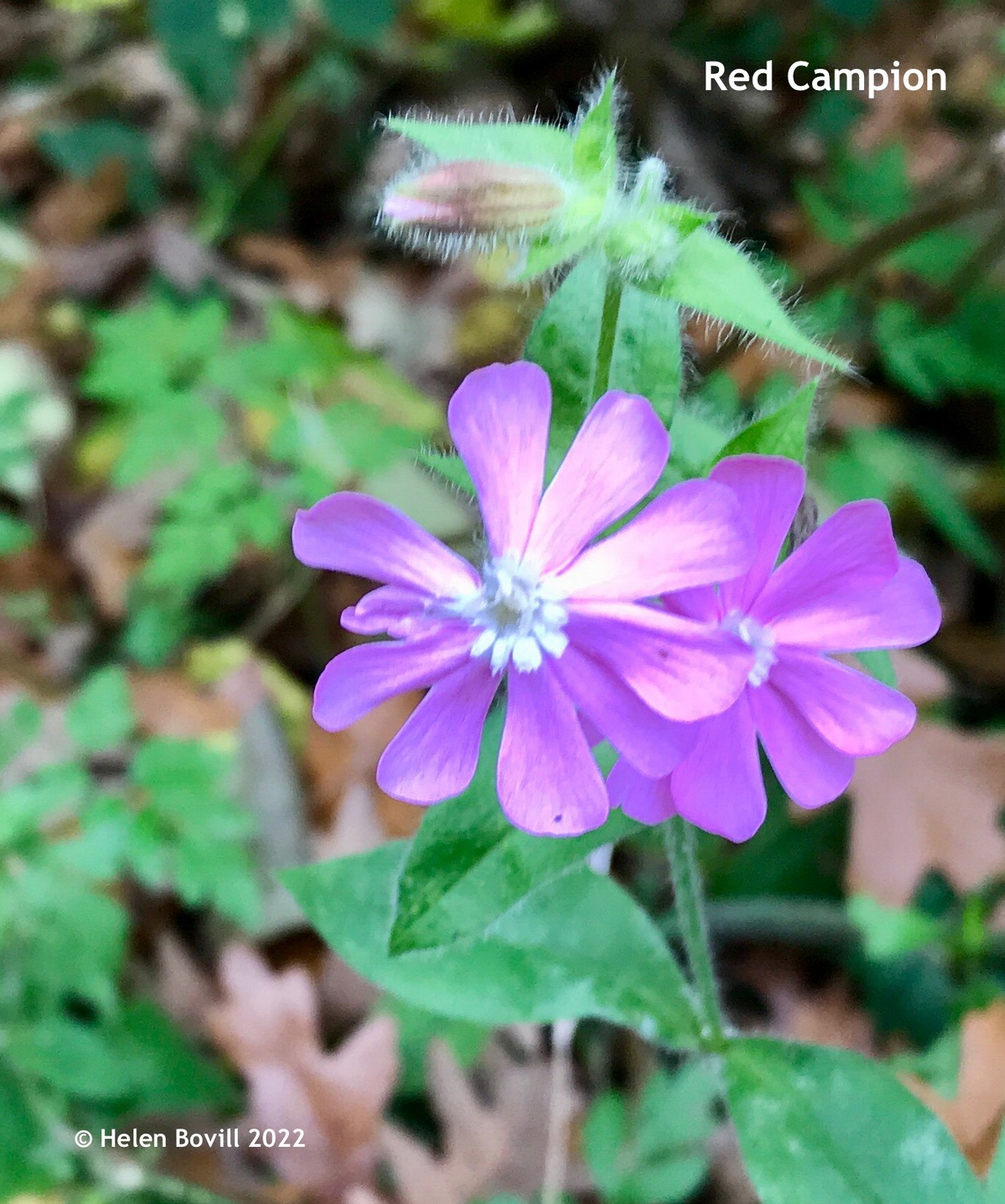
I can usually rely on the grass verge along Spring Bank West to provide some flowers, but this month I only found a couple of Dandelions and a bit of Groundsel. The flowers of the Groundsel never open fully – instead they stay compacted in a tubular shape that’s slightly wider at the top.
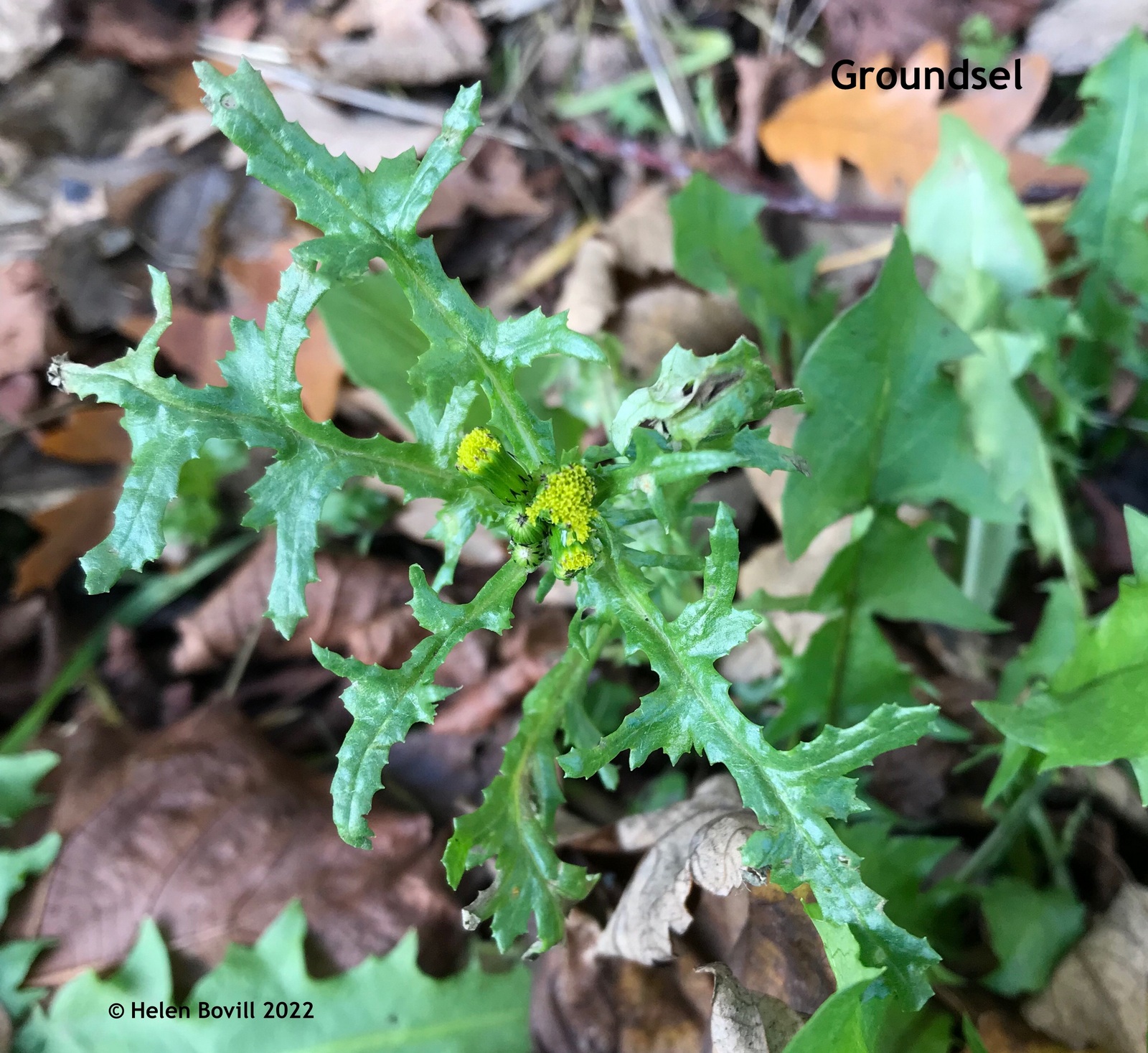
But because we set so many new plants along the grass verge it should look even better than usual next Spring and Summer. I’ll be able to tell you which have flourished because I’ve been monitoring the verge for a few years now and I know what’s usually there.
I saw one butterfly right at the start of the month, this female Large White. She looked a bit faded and her two black spots were only just visible. The male has no spots.
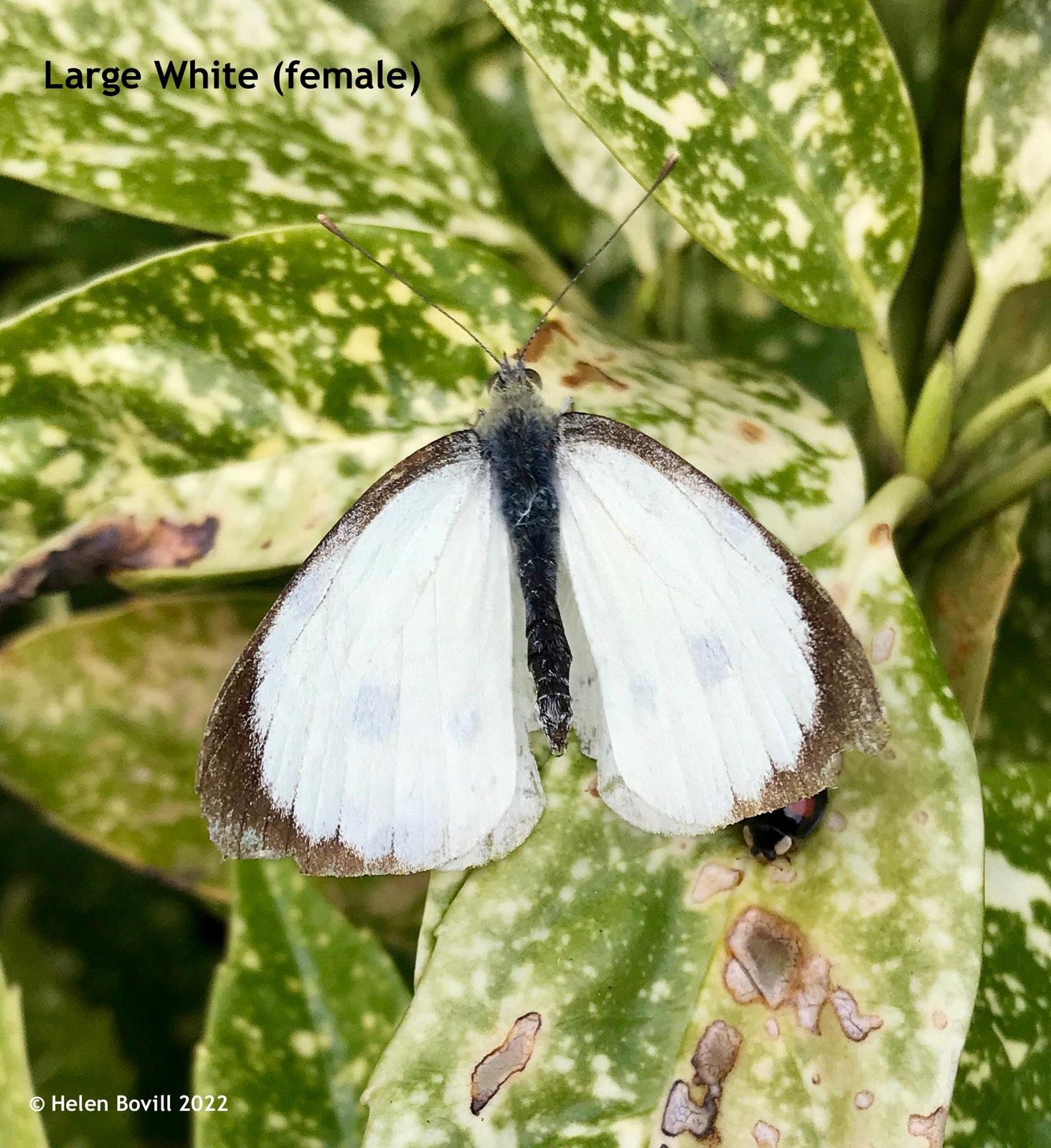
I still keep seeing Ladybirds in various places around the cemetery, and hoverflies and bees feeding on the Ivy flowers. Then I found these on a fallen log a few days ago and wondered what they could be.
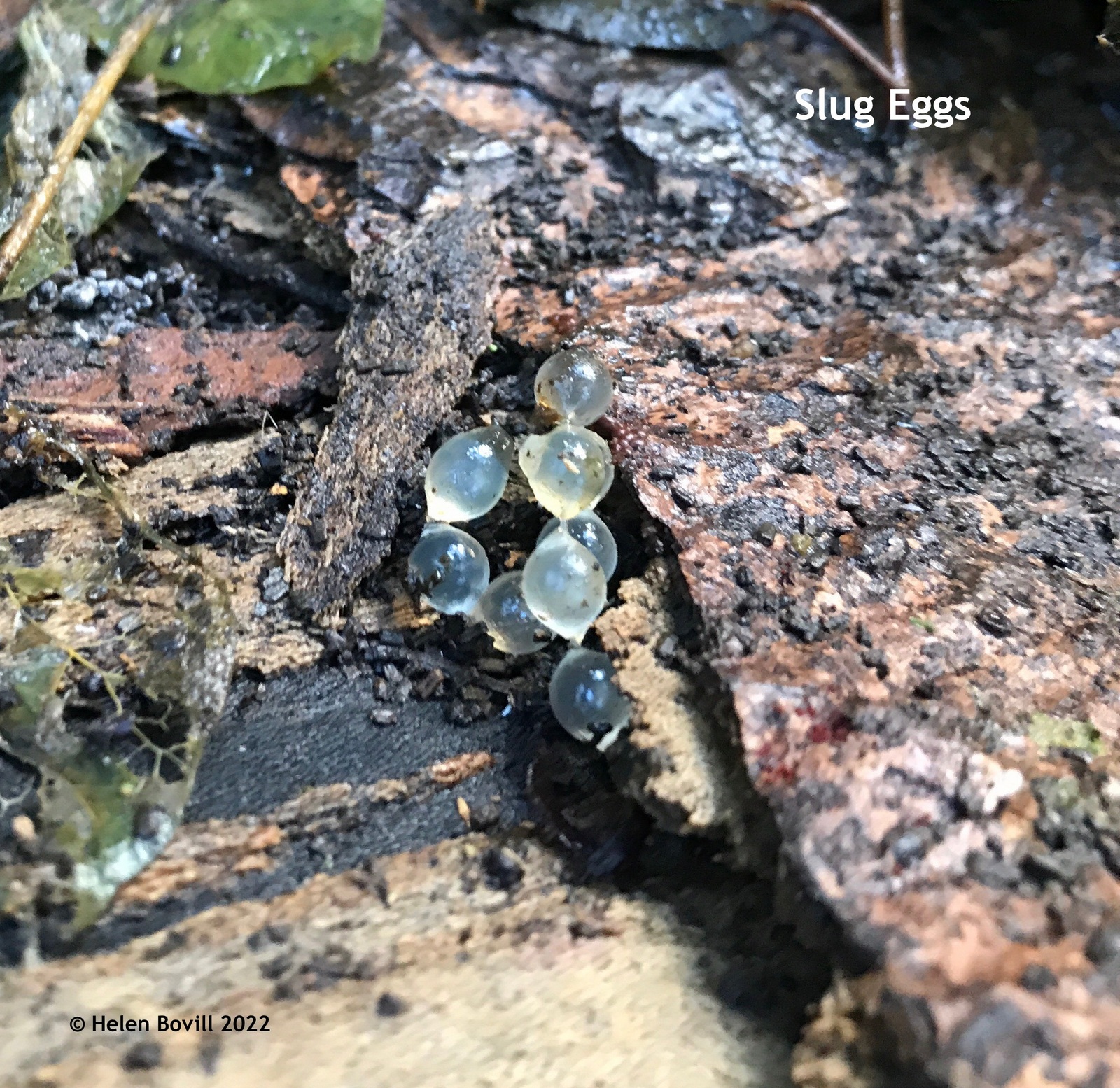
It turns out they’re either snail or slug eggs. I think they’re most likely to be slug eggs because I couldn’t see any shell markings on their insides. I will keep checking them though, provided they don’t get eaten by the cemetery wildlife!
November has been a good month for mushrooms and fungi, including Velvet Shank and Jelly Ear. But as usual I haven’t been able to identify all of them for certain. I also noticed some Silverleaf Fungus starting to appear again on the same fallen log as in previous years.
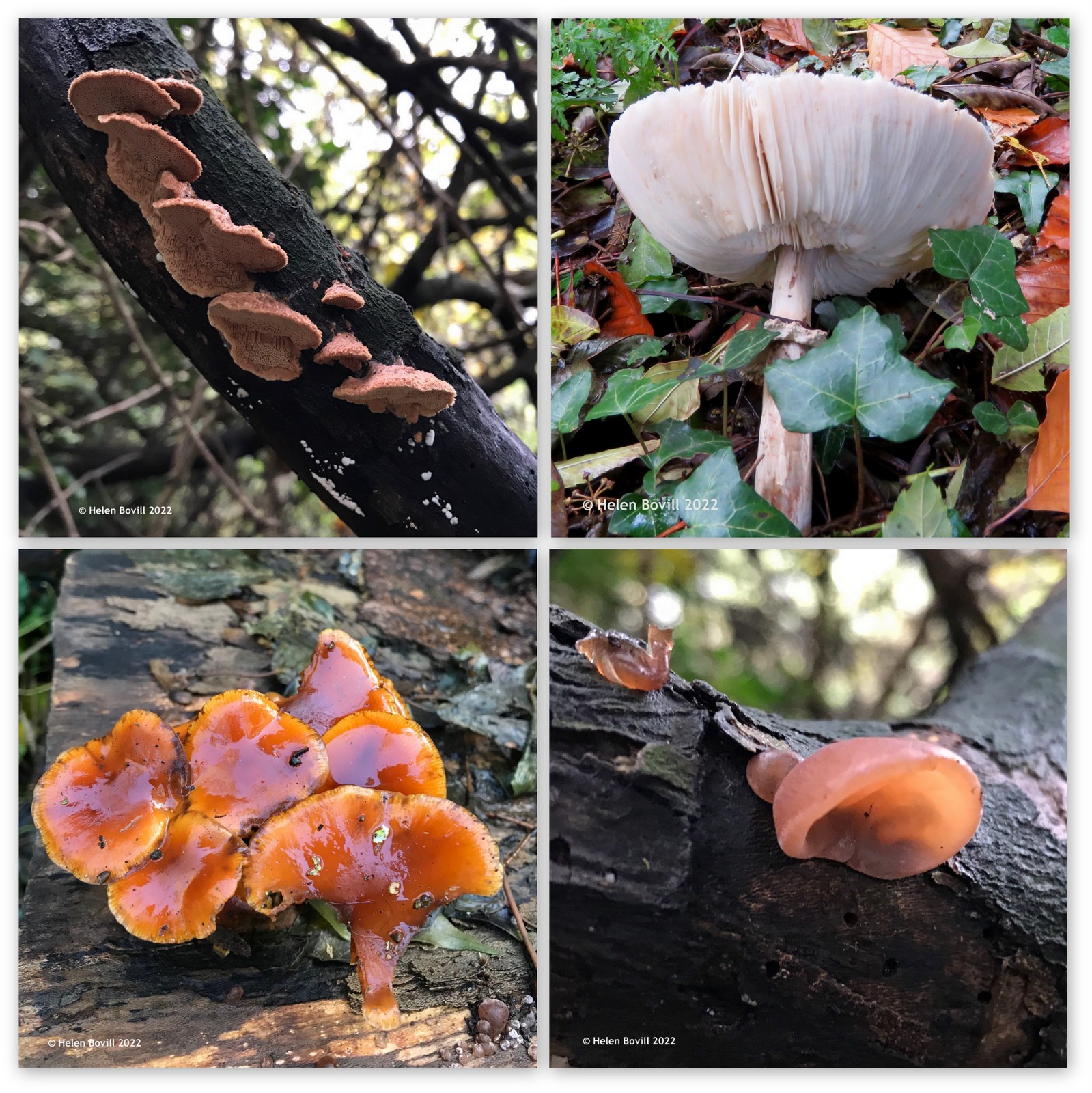
November has been a very wet month but it hasn’t prevented the volunteers from carrying out the jobs we usually do at this time of the year. This includes placing poppies on the headstones of the war dead. And for the first time, both of our commemorative bird boxes (one for WW1 and the other for WW2) have been occupied. But both of them by birds I hasten to add. It is very rewarding to see human-related objects being used by the cemetery wildlife!
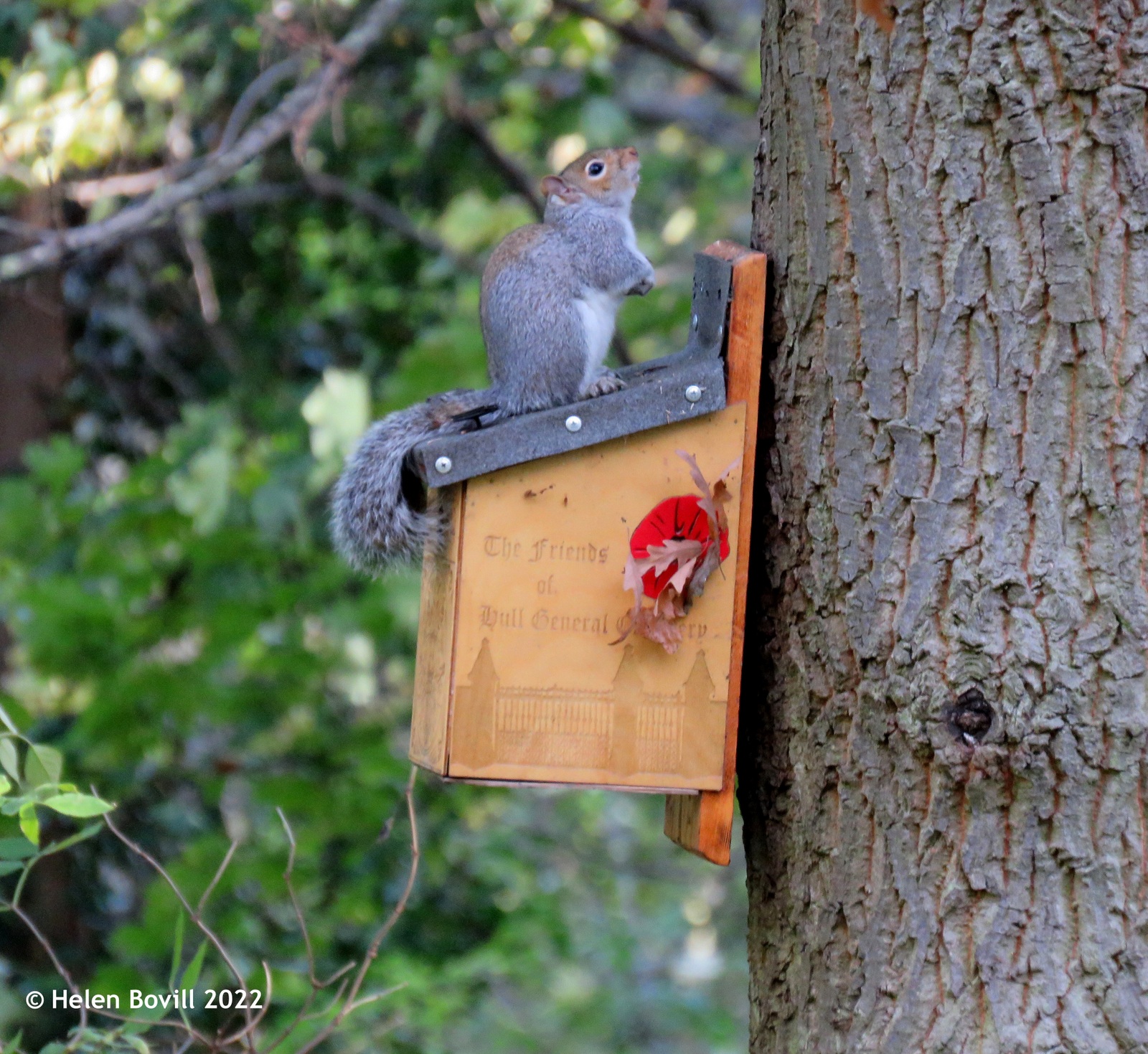
Link to more information on those commemorated on the nest boxes:- https://friendsofhullgeneralcemetery.com/history/war-dead/
Link to information on the differences between male and female Goldfinches:- https://birdfact.com/articles/female-european-goldfinches

This month’s anniversary I’m afraid does not have a Christmas theme. In fact it’s quite morbid in parts but well, we are talking about a cemetery so that comes with the territory.
As some of you may remember the Cemetery Company signed an agreement with the Union workhouses of both Hull and Sculcoates. Part of that agreement was that the Company would arrange to have any inmate of the workhouses who died brought to the Cemetery as soon as possible and placed in the Company’s Dead House, or what we would call a mortuary. That cemeteries had such buildings was quite common. Castle Street had one but it had a bad reputation as bodies left in the building were often found to have been partly eaten by the many rats that lived on the docks and in the cemetery. As such it was closed down and the Spring Street Mortuary replaced it in the early 20th century. The present City mortuary is situated on the HRI site.
On the 30th December 1850 John Shields, the superintendent, received a deputation from the stonemasons He passed this complaint on to the Board of Directors. John Shields reported that,
‘complaints had been made by the stonemasons engaged in the Company’s stone shed of the dangers likely to arise from the near proximity of the Dead house to such shed’
It’s difficult to see today what the concerns were based upon. The risk of catching something infectious from any of the dead bodies lying in the Dead House would have been minimal. Especially as the mason’s would not have had reason to touch them. However, the idea of how one caught a disease was quite different in those times. Medical practice and beliefs in the Victorian period were still firmly rooted in medieval practices. Blood letting via leeches was seen as a common remedy for a host of illnesses. The idea that the ills of the body were dominated by the four ‘humours’ of the body was still current. The ‘new’ idea of inoculation was still viewed with suspicion and common hygiene, such as washing one’s hands before performing an operation, was regarded as unnecessary and probably eccentric.
The major belief in how one caught an illness or disease was based upon the miasmic theory. This was the idea that ‘bad air’ caused disease. It was an intriguing idea. At least to a population who had no idea of the existence of germs or viruses, it was quite plausible. So, it was probably this idea that had prompted the complaints from the stonemasons.
That this complaint was seen as reasonable is recognised by the response to it by the Board.
‘the matter having been fully considered by the Board it was ordered that the use of the present dead house be discontinued and that a new one be forthwith built on the vacant ground behind the chapel.’
So the Company Dead House was moved and presumably the stonemasons were now happy.
Another intriguing aspect of this incident is the phrase, ‘on the vacant ground behind the chapel’. Of course whereabouts this ‘vacant ground’ was is a little mystery. It all depends upon where you stand when describing something as ‘behind’ something else. The east of the chapel was already occupied by the catacombs the Company sold. As such it cannot have been there. To the south was a path and to the north was Mr Wilkinson’s land. The Company would not have dared to build anything on his land after their legal tussles in 1847. So by process of elimination the new Dead House must have been built on the land to the west of the chapel.
How long it lasted is open to question. The land to the west of the chapel was sold as burial spaces in the 20th century. The Workhouses themselves terminated their arrangements with the Cemetery in the 1920s. As such it is reasonable to suppose that the Dead House continued to be used for the greater part of the 19th century. It probably fell into abeyance as the Cemetery entered the 20th century. All traces of this building have disappeared. It probably was quite shoddily built. It would have been removed to provide room for more grave spaces.
By the way this is the last in the series of anniversaries. I hope you’ve enjoyed the glimpses into the life of the Cemetery.

Pete Lowden is a member of the Friends of Hull General Cemetery committee which is committed to reclaiming the cemetery and returning it back to a community resource.
October has been a typical mid-Autumn month, with a mixture of rain, cool dull days and warmer than average sunny days. The cemetery and grass verge are green and healthy, and there are plenty of berries and fungi to provide sustenance for the cemetery wildlife. The Summer drought seems to be a distant memory.
Many of the trees and shrubs are now bearing fruit.
There is plenty of Pyracantha growing along the back of the grass verge. It looks particularly vibrant at the moment and makes up for the lack of colourful flowers elsewhere.
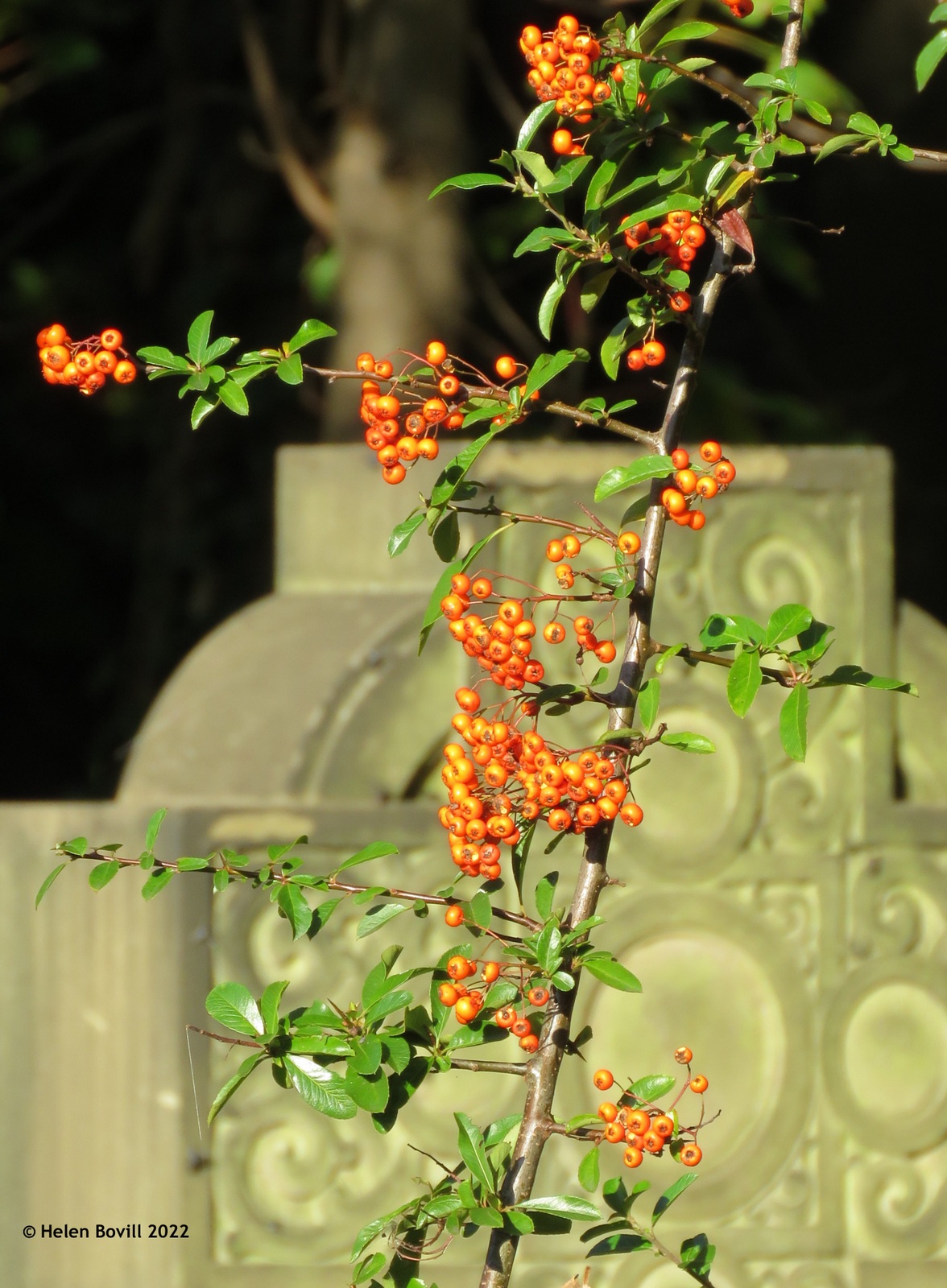
There are some fruits on one of the Yew trees growing at the front of the grass verge. But these fruits are actually known as arils rather than berries because the seed is not fully enclosed. Were you to look inside the red casing you would see the seed at the back of it. My description of them in last month’s report is therefore incorrect!
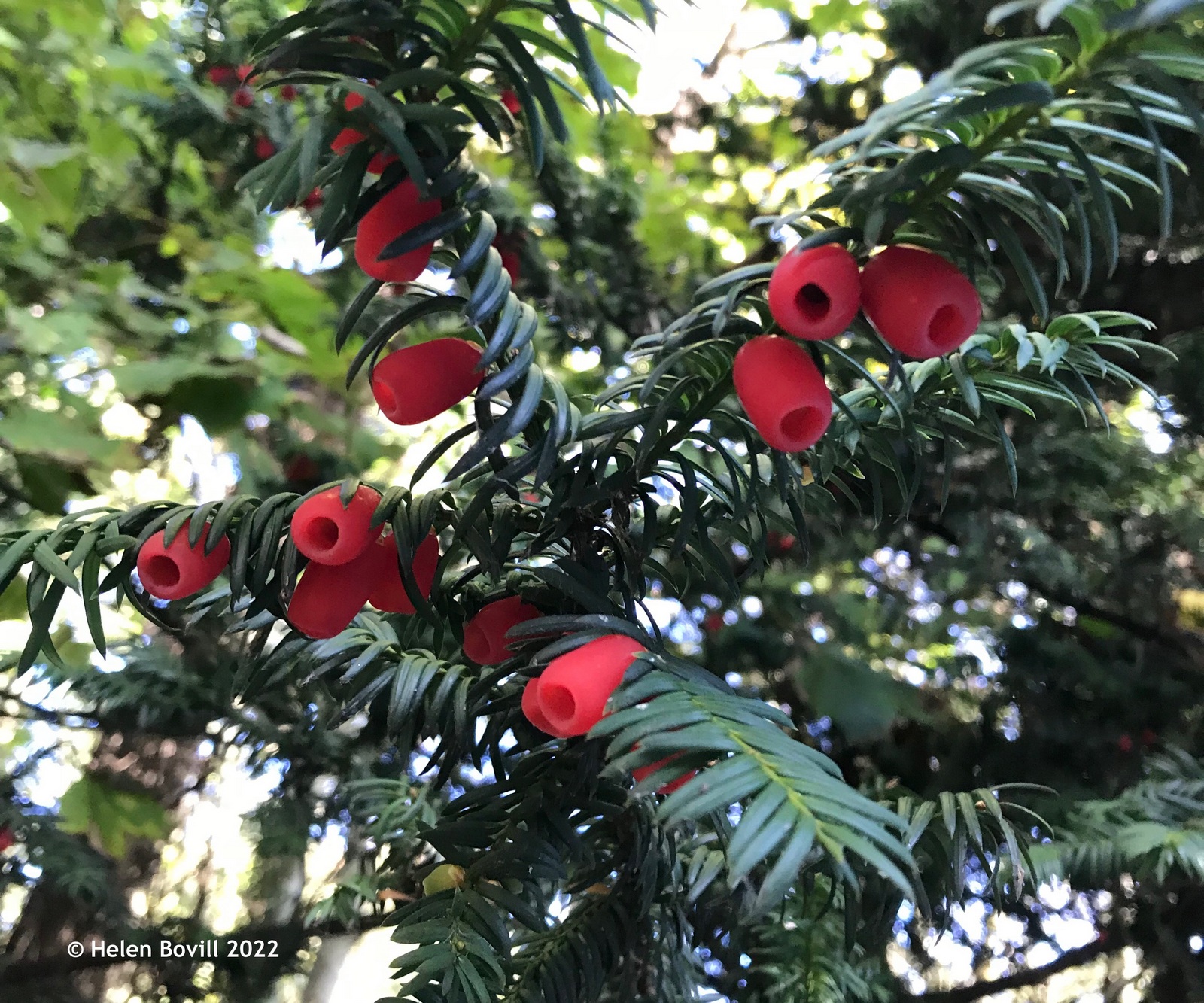
I’ve also seen berries on some of the Holly bushes growing in various places inside the cemetery and a few of the bramble bushes still have fruit ripening on them.
The ground is becoming covered in the fruits of many of the cemetery’s trees, including the Lime. This particular one caught my attention because of the large knobbly growths on its trunk. These are known as burrs. I’ve inserted a link at the end of this report containing more information about what causes them.
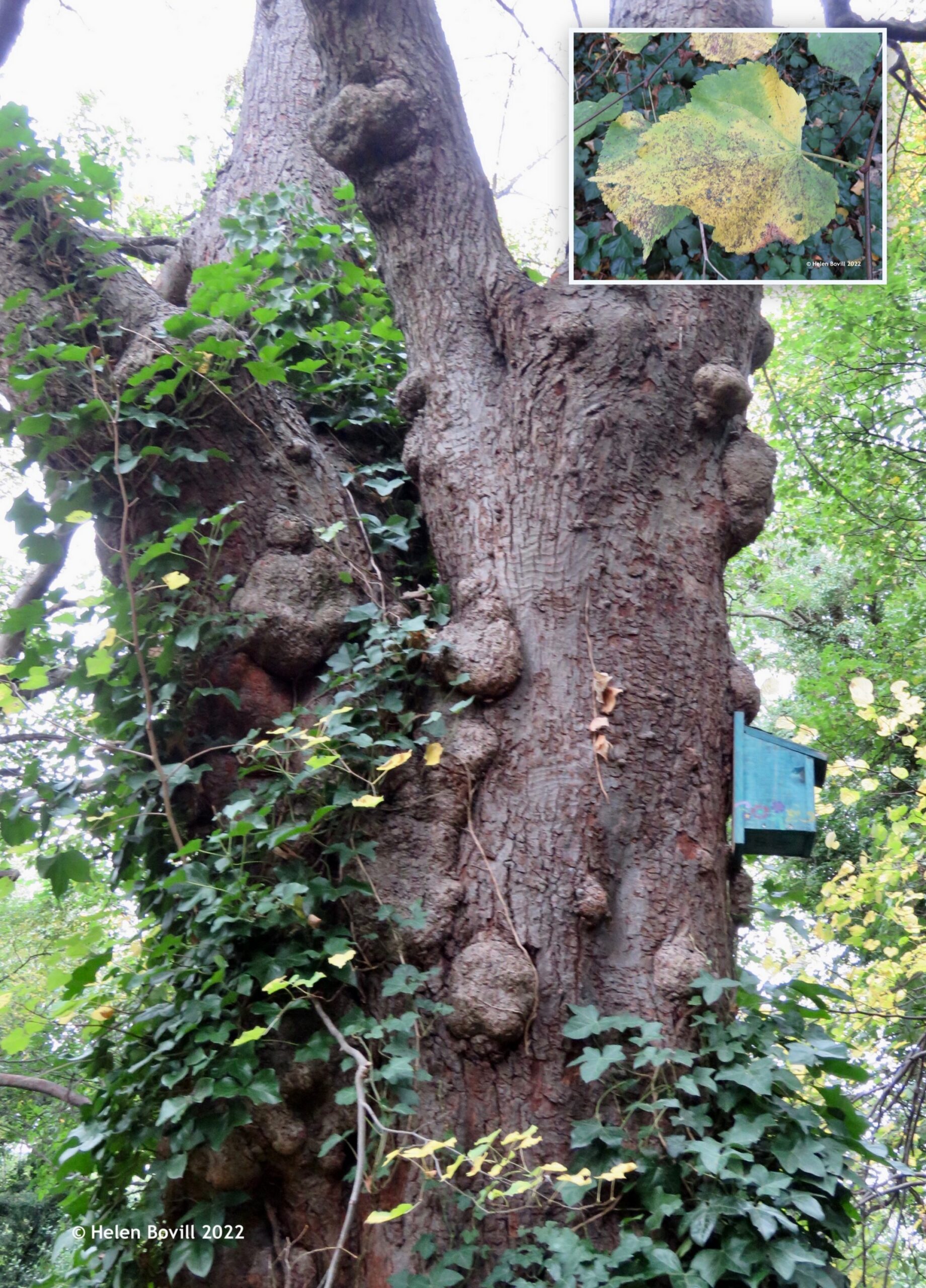
The trees and shrubs are also starting to show some lovely autumnal colours, including this Forsythia growing at the side of the entrance gates. This is the shrub that provides a glorious array of yellow flowers in the springtime.
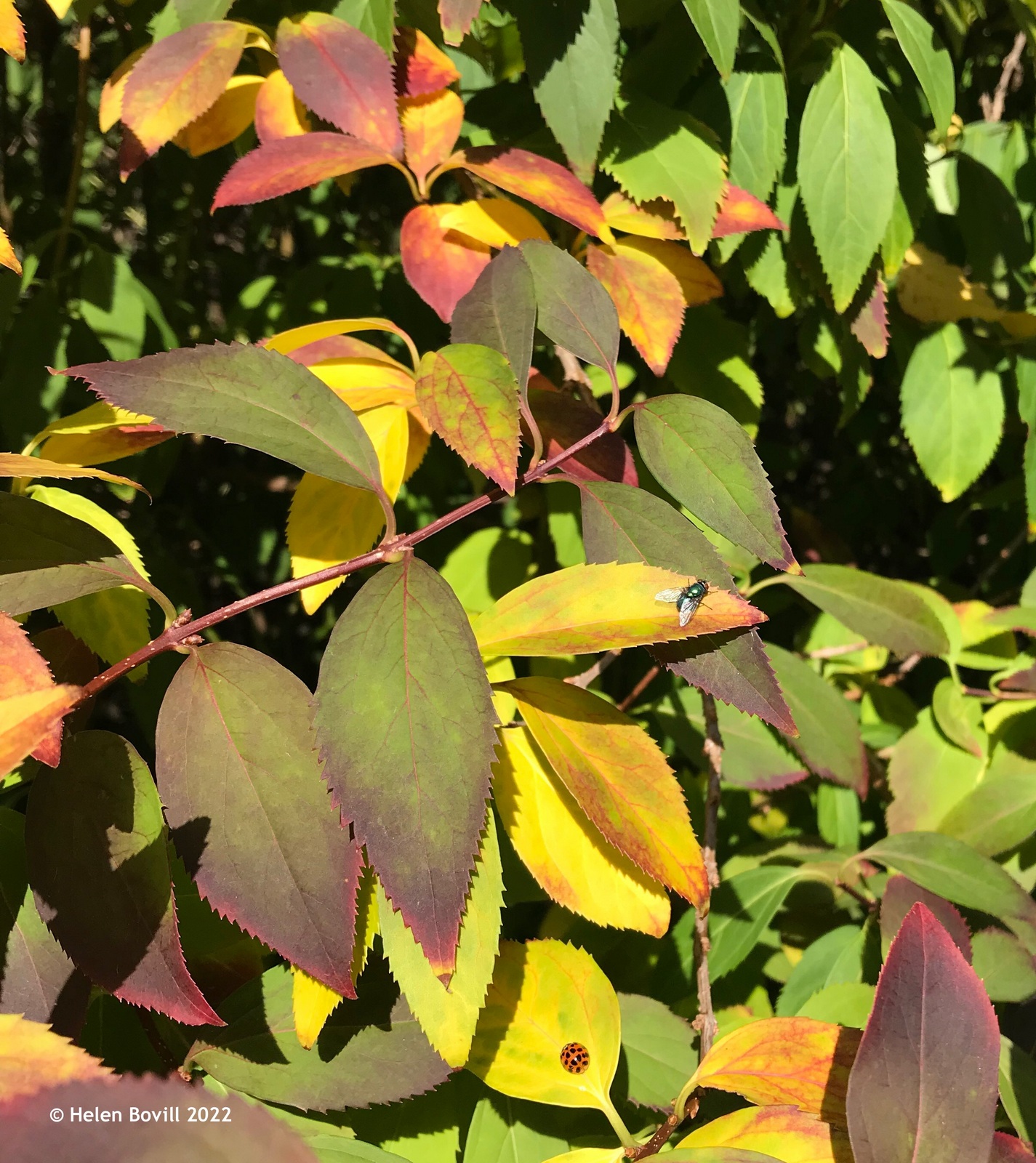
I didn’t find many flowers this month. Not the traditional-looking ones anyway. There is still some Ragwort growing on the grass verge, together with a few Dandelions and some Smooth Sow-thistle.
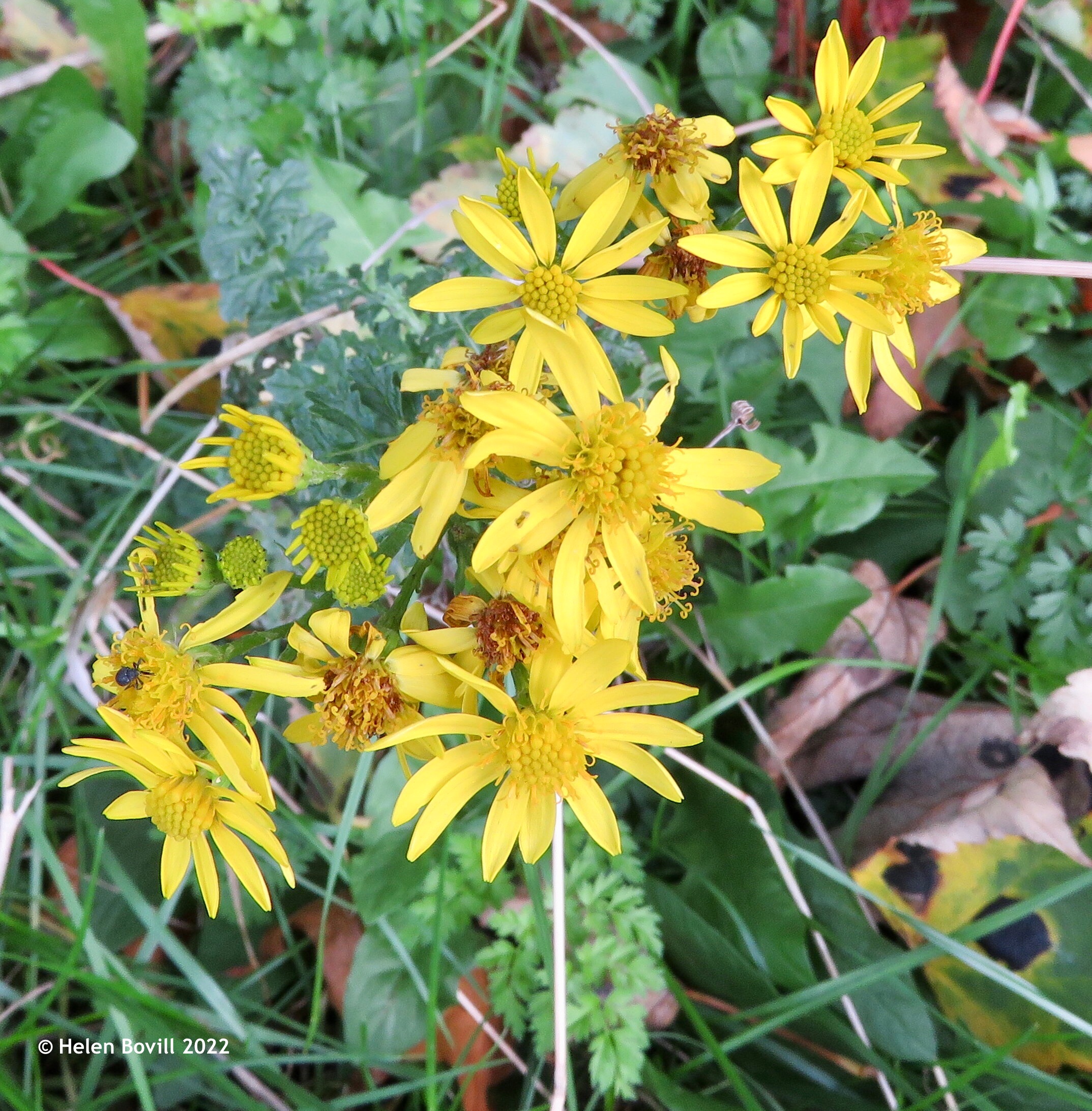
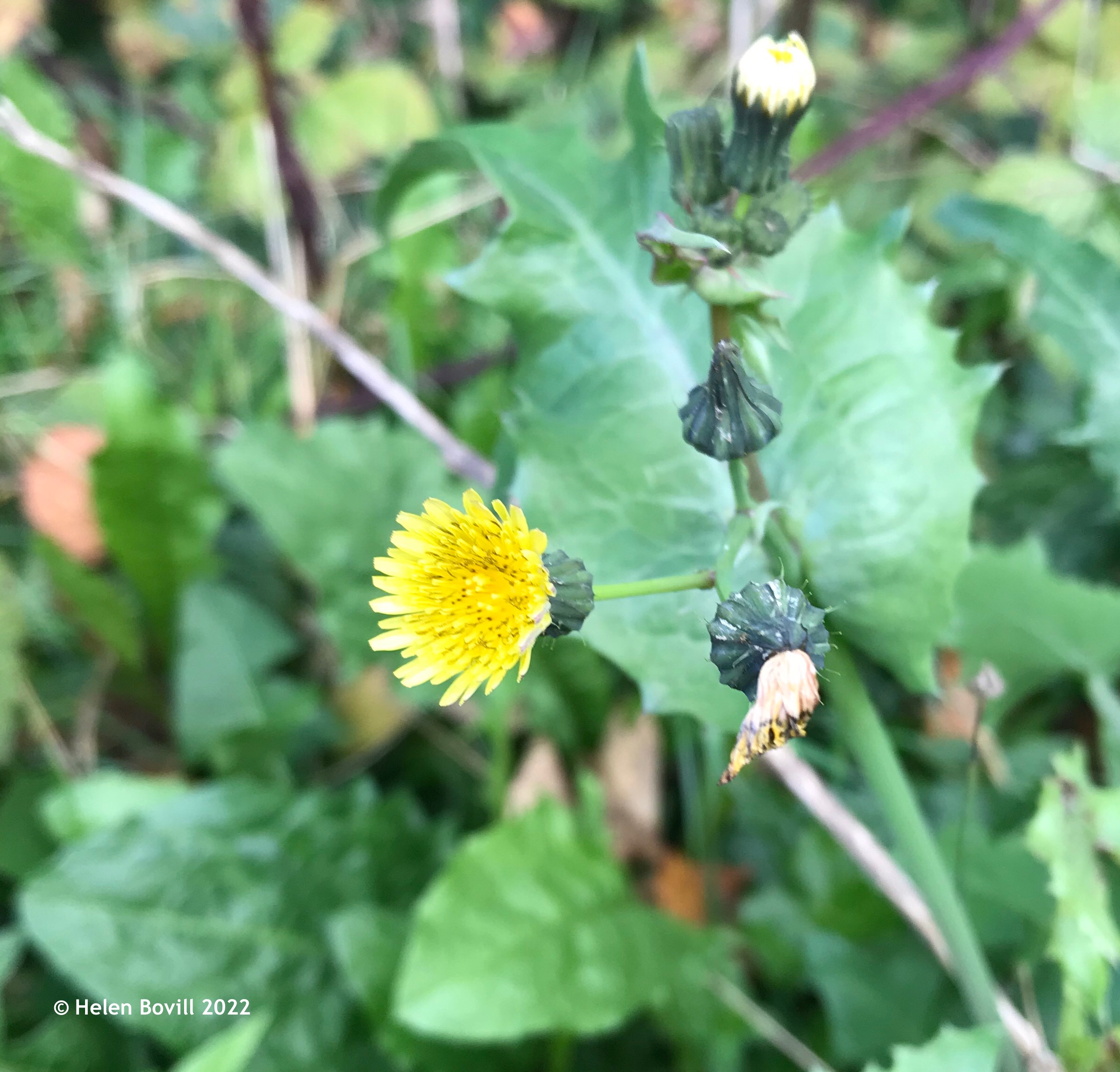
However, there is an abundance of flowers on the Ivy plants that are growing skywards all around the cemetery. They provide a great source of food for the insect branch of the cemetery wildlife. On a sunny day they are abuzz with the sound of Bees and other small insects.
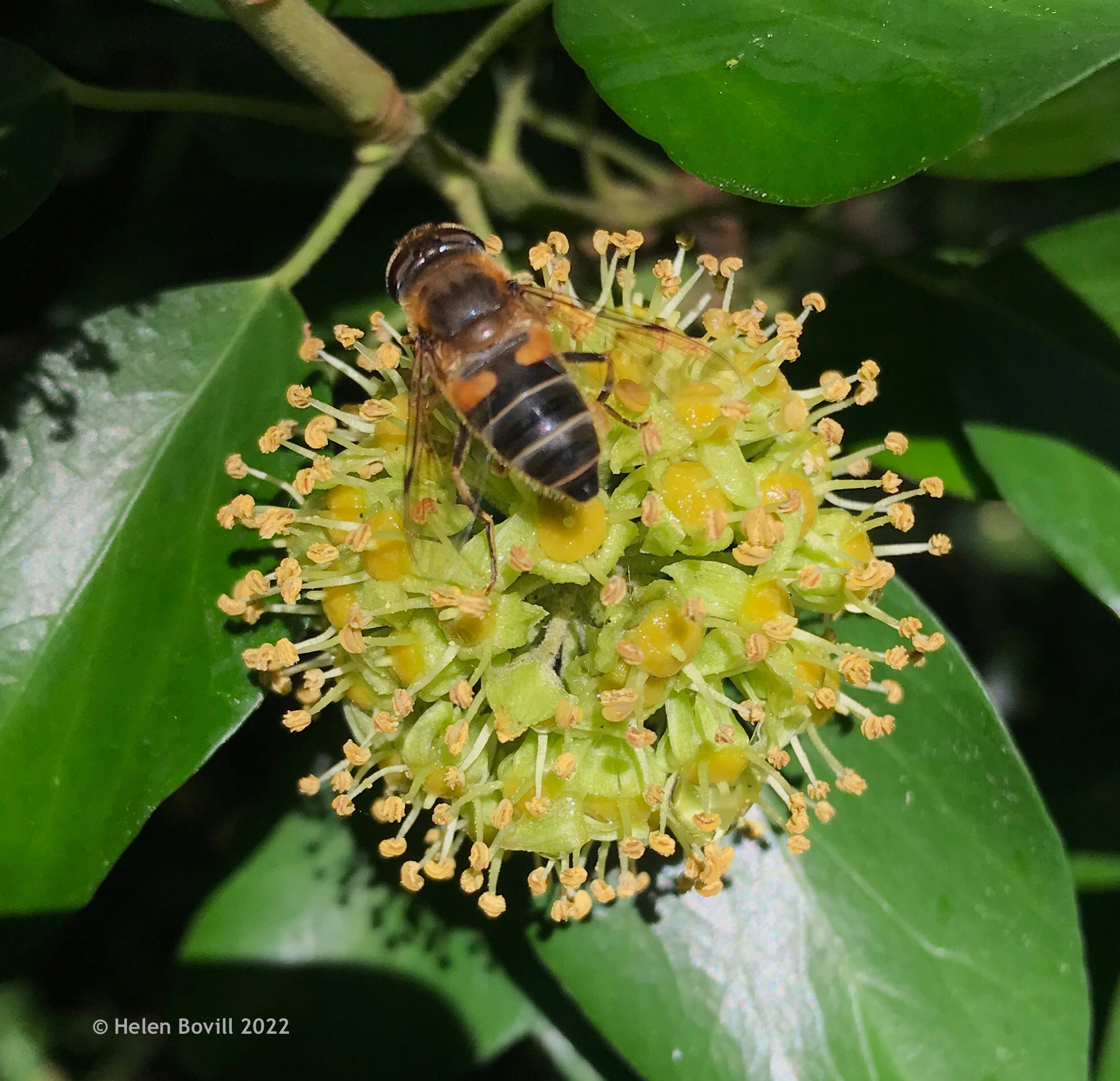
There are still plenty of Ladybirds around – native ones as well as Harlequins. I’m still seeing Hoverflies and I even saw a few Butterflies earlier in the month.
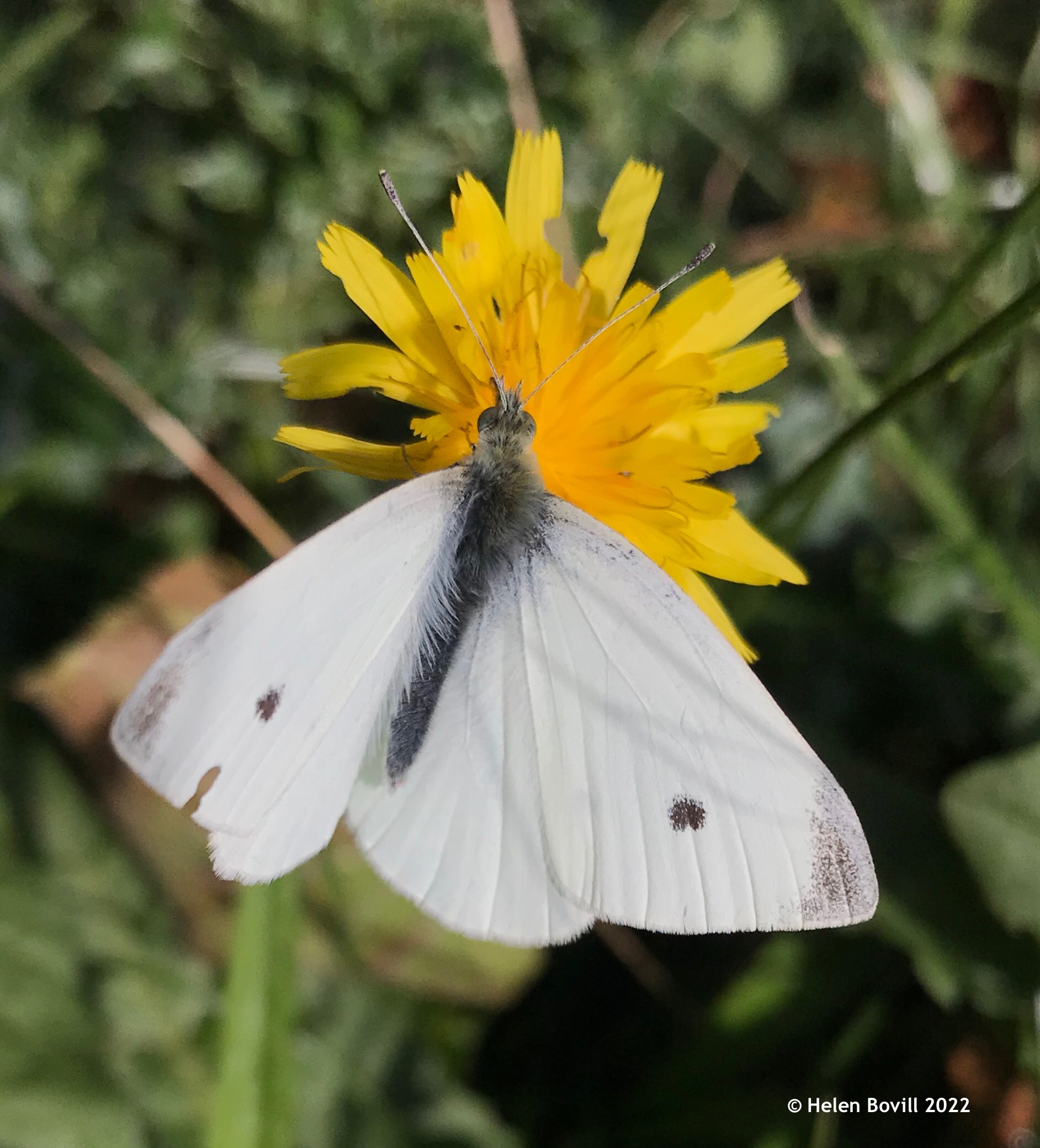
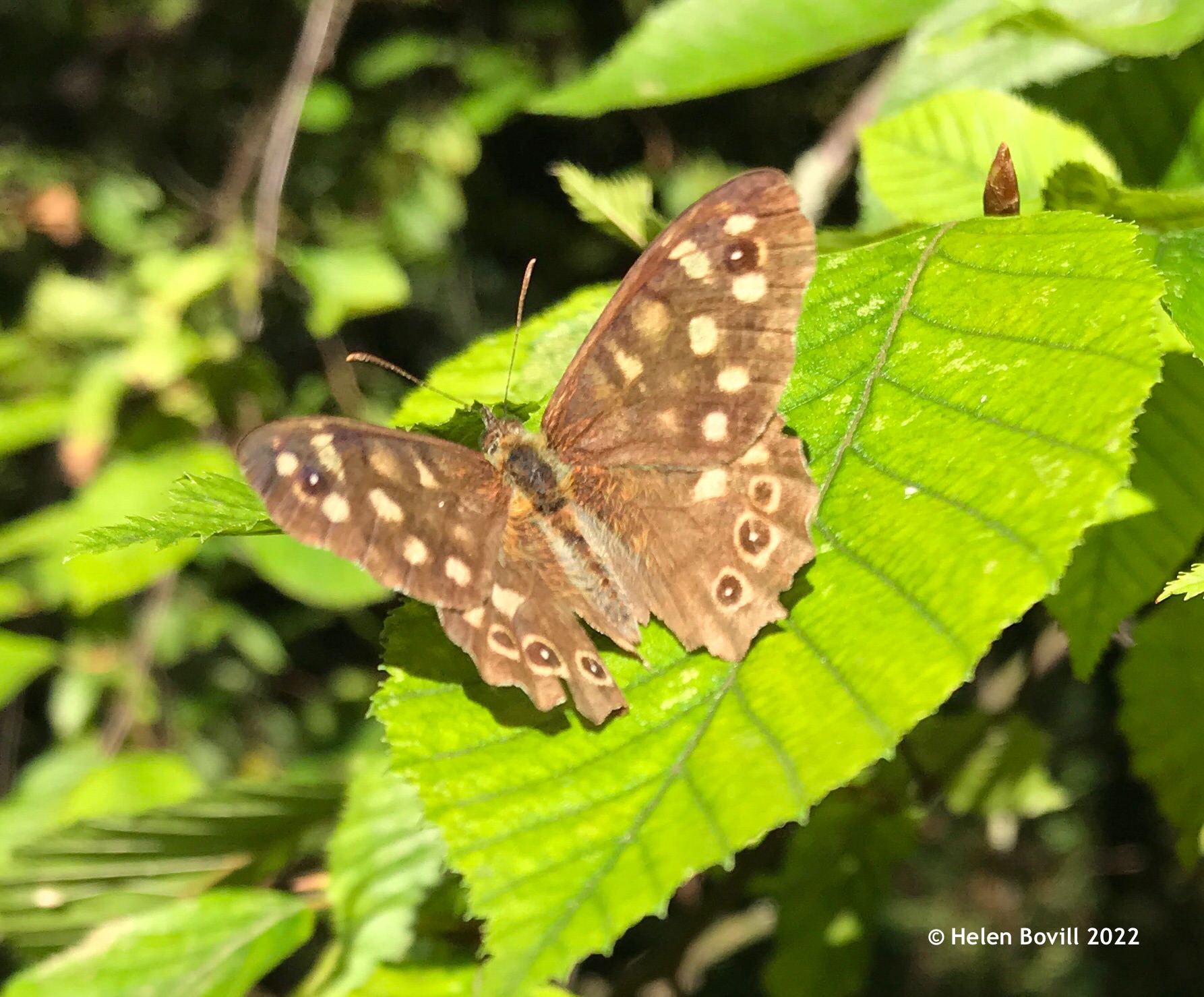
Remember the one I told you about last month that had fungi growing on it? This is what it looked like a couple of weeks ago!
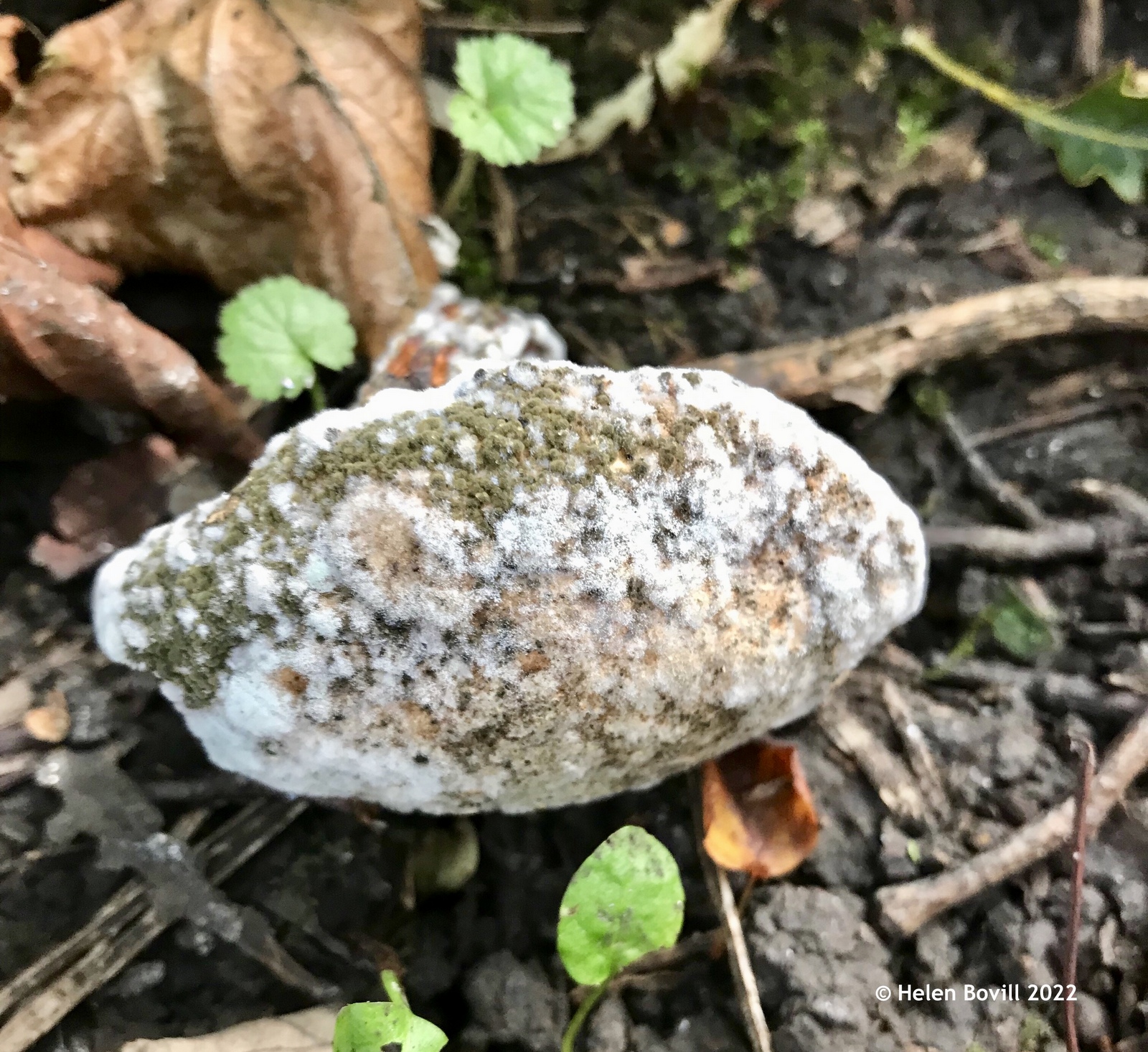
I found a lot of small mushrooms of various types, including these Velvet Shank, some partially eaten by the cemetery wildlife.
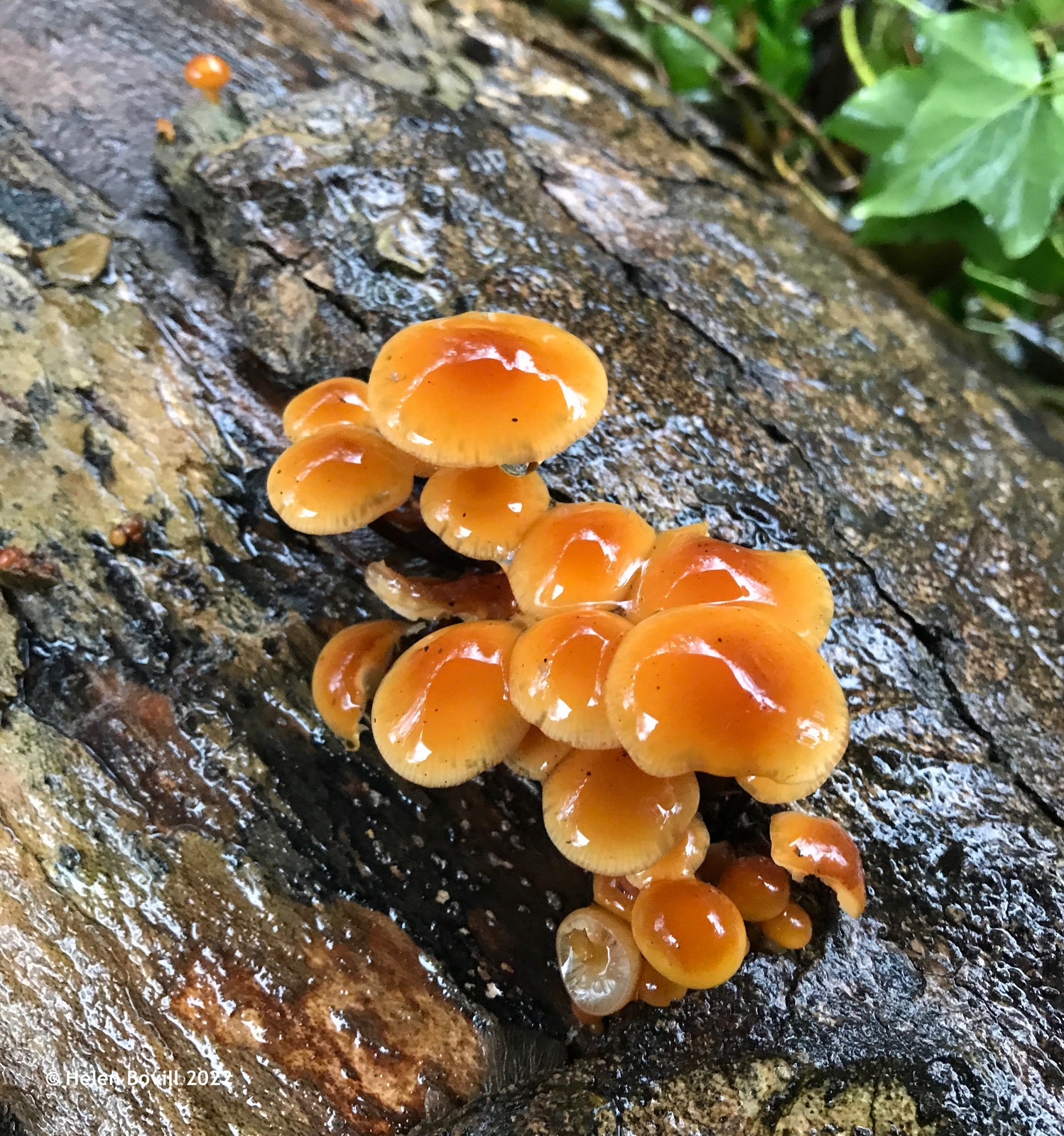
Mushrooms can be hard to identify due to their often rapidly changing appearance. I’ve therefore just summarised what I found this month without giving definitive identifications. In any case there’s always the danger of giving an identification as an edible one and then it turns out to be poisonous. However, I would not advocate any form of foraging in the cemetery – it’s only a relatively small site and the fungi should be left for the cemetery wildlife to eat. Most of these mushrooms are tiny anyway.
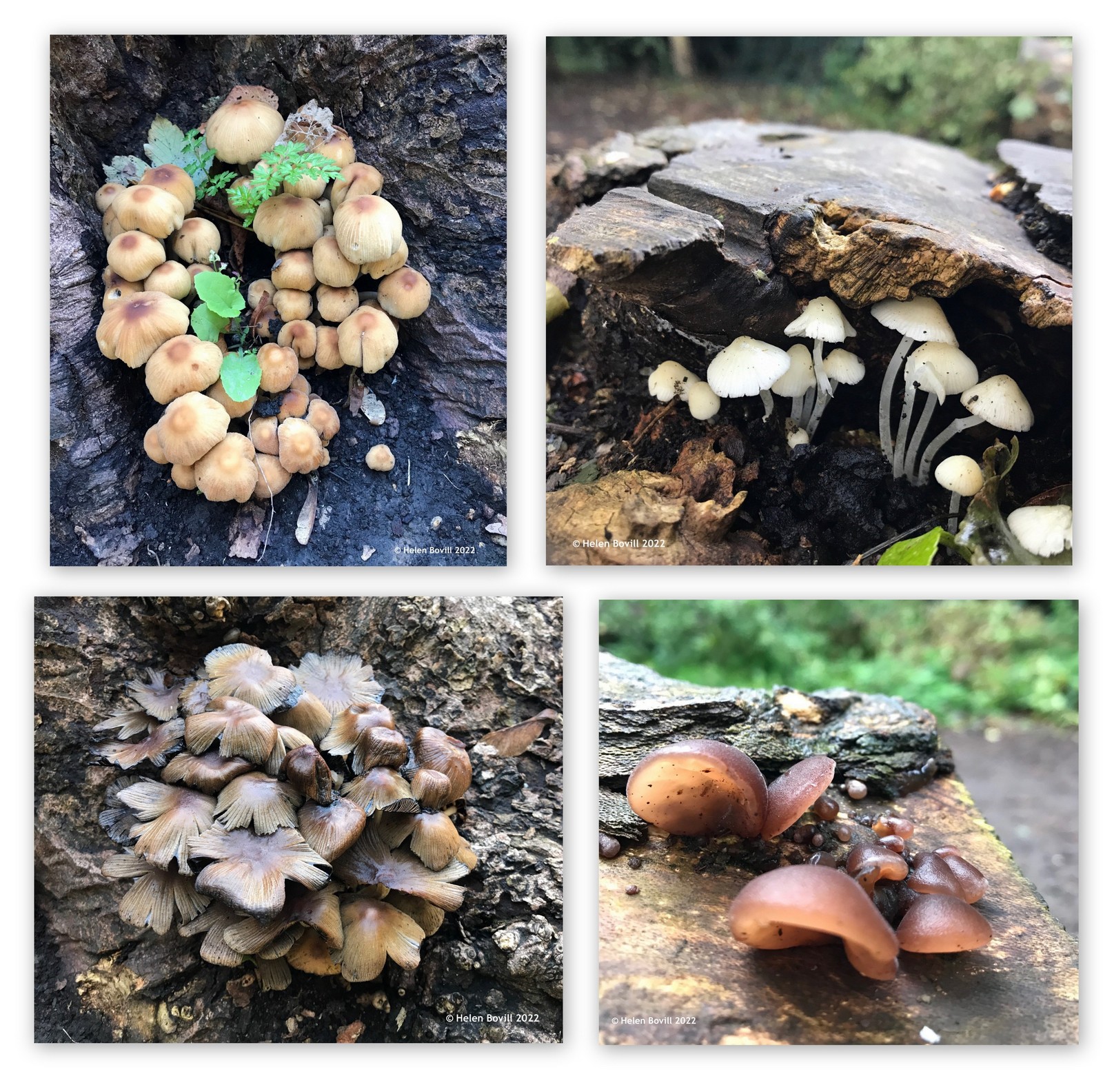
I have no unusual avian visitors to report this month. I’ve seen just the usual Blackbirds, Robins, Wood Pigeons, Crows and Magpies. I regularly see Goldfinches and Coal Tits now, plus the occasional Dunnock and Thrush. But the small birds that seem to be the most abundant are Chaffinches, Blue Tits and Great Tits. They’ve had a very successful year.
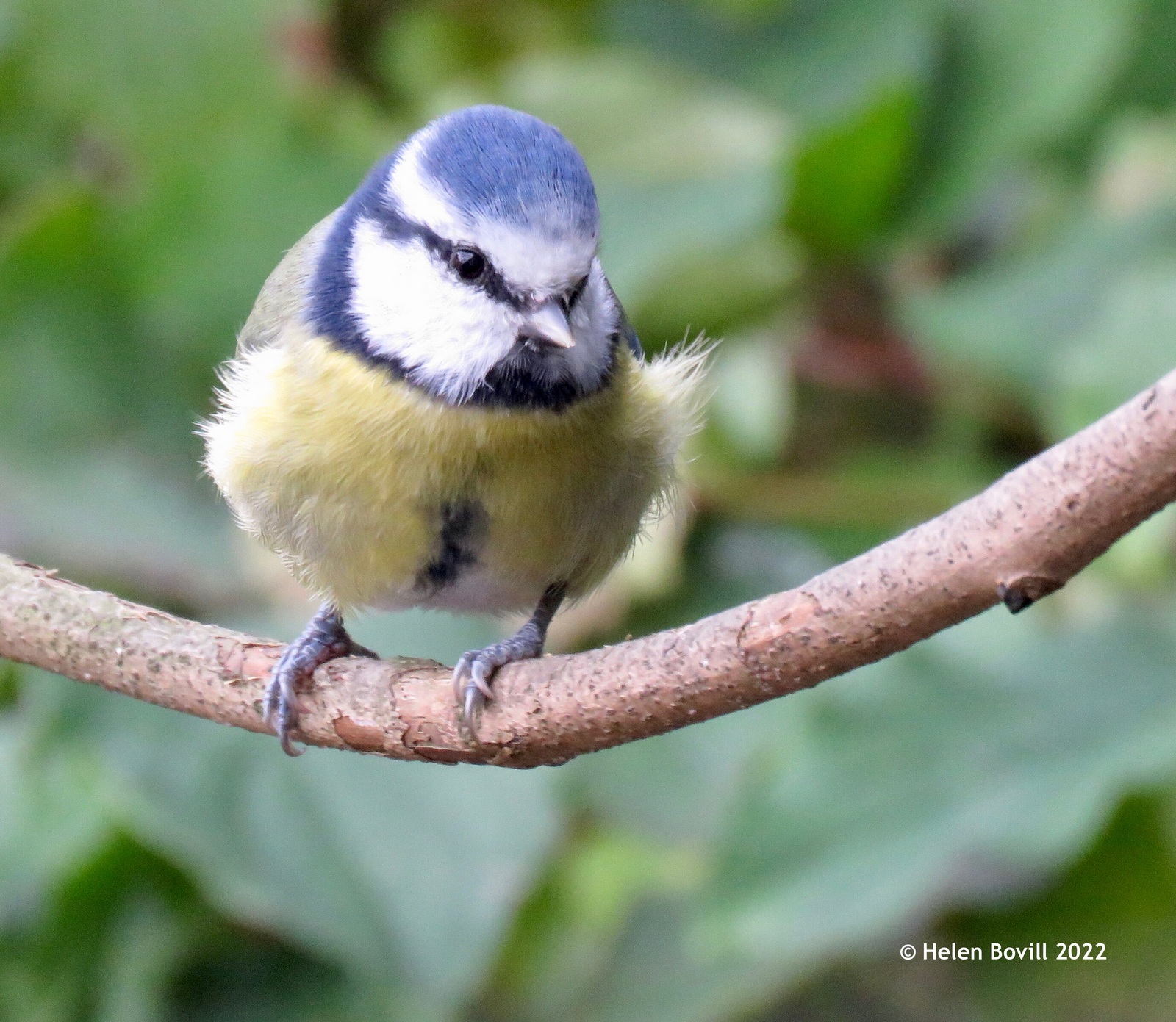
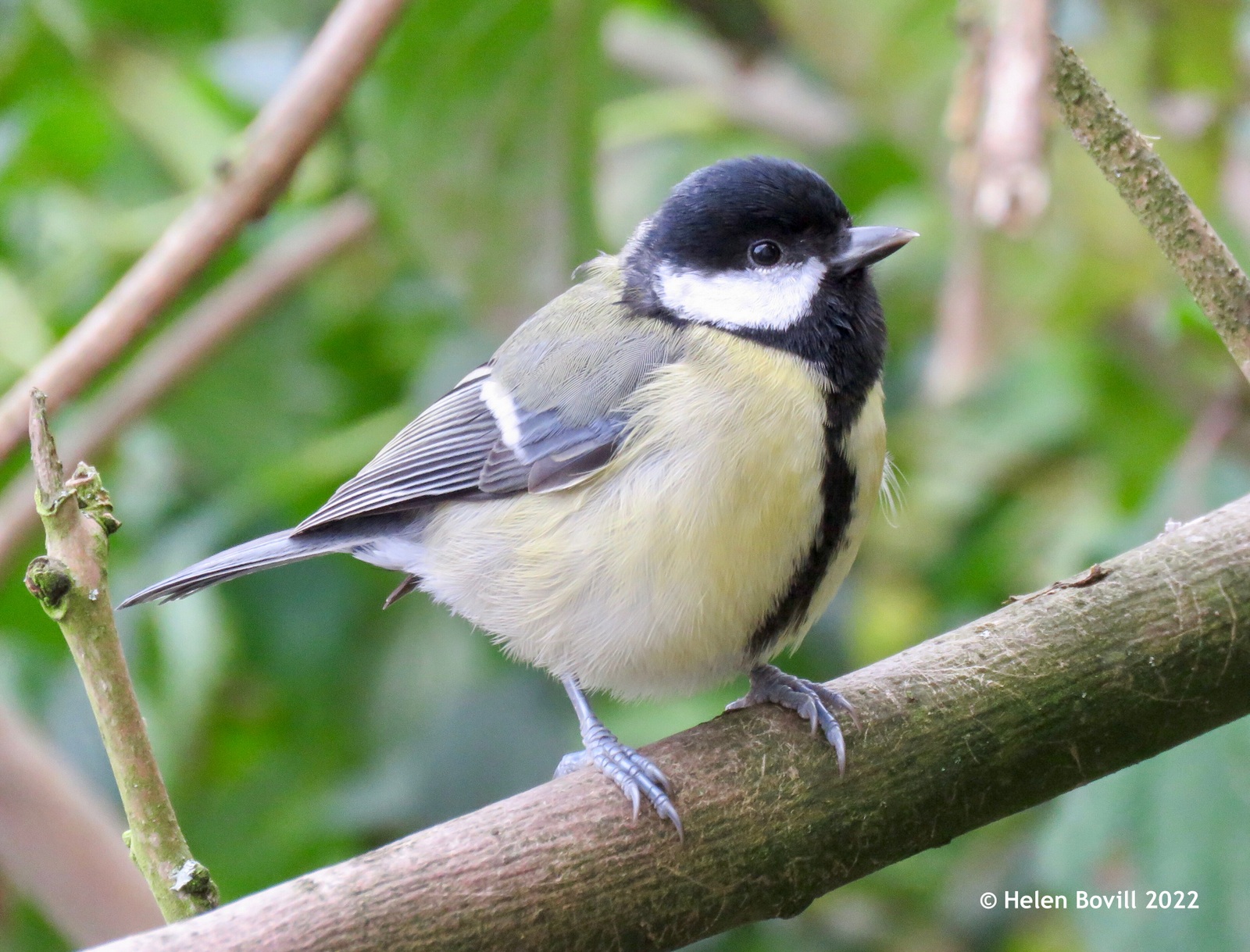
The cemetery is looking good at the moment and is always an excellent place for a leisurely stroll. But the month ended on a very wet note with lots of heavy showers and the footpaths are rather waterlogged at the moment. The best path to walk on at the moment is the southern one – that’s the one that is nearest to Spring Bank West.
And now for a question – do you prefer to see the names of the plants and animals ON the photos or UNDERNEATH them? I started showing them underneath the photos last month and just wondered what you thought of the change. I can easily revert back to putting the names on the photos if necessary!
Useful link:-
https://www.woodlandtrust.org.uk/blog/2019/06/what-is-growing-on-my-tree/

Sometimes these anniversary items highlight how much has changed since they occurred and strangely how much things still stay the same. This is a case in point and involves the working relationship between manual workers and the Board and the shareholders. I would suggest that although over a century of welfare legislation has occurred between 1900 and today the relationship is still the same. Improvements have taken place but the power distribution is still the same. The time for forelock tugging may have passed but the power dynamics are still the same.
The anniversary takes place on the 6th November 1900. At the Board meeting that day the Board were told some sad news. Jefferson, one of the gravediggers, had died. He had been ill for some time. It had been reported to the Board back in September that he was unlikely to return to work.
At the November meeting therefore the news of his death perhaps was not a surprise. The secretary, Michael Kelly, informed the Board that he had been asked to visit Mr Jefferson. He had complied. Jefferson took the chance to ask a favour of the Board. According to the minutes of the meeting Michael Kelly said he,
went to see him, (Jefferson) who asked that the company might give him a place of burial and allow his wife a little to bide her over the winter months.
Kelly placed the matter before the Chairman, John Pybus as a Board meeting was not scheduled till later in the month. John Pybus agreed that he could have a burial place and that Jefferson’s wife could have 10 shillings a week until the next Board meeting when the issue would be fully discussed.
As such, this situation was the one that presented the Board on the 6th November.
At this meeting Kelly said that Jefferson had been employed by the Company for 34 years. He was one of the longest serving employees. He also said that only one payment of 10 shillings had been paid. The Board readily agreed that the burial place was agreed. However, upon reflection, it was agreed that Mrs Jefferson would only receive 5 shillings a week. This payment would discontinue at the end of March.
On the 4th December Mrs Jefferson wrote to the Board thanking them for their help.
William Jefferson was born in Skidby in 1835. Or Cottingham. Or Newland as he seemed to change his birth place every census. Suffice to say that he was baptised as a non-conformist in June 1837 in Hull. His father was a coal porter and William’s early life was spent in the slums of Collier Street. This site is now subsumed under the Hull Interchange. By 1851 both William and his elder brother John joined their father as railway coal porters. Indeed the family address was cited as the Railway Depot.
By 1861 he had left the family home and was living in a tenement in New George Street. He still earned a living as a railway porter but was supplementing this as a general labourer. In 1867 William married Sarah Ann Howell.
The census of 1871 tells us that William and his new wife were living in Porter’s Terrace, Walton Street and his occupation was now listed as labourer at the Cemetery. William and Sarah were joined by a child called Joseph who was one year old. By 1881 the family had moved again. They now lived in Mason’s Terrace, Wellington Lane. William was listed as a General Cemetery labourer. The family had grown too. Joseph now 11 has two brothers, George and Amos plus a daughter Annie.
The 1891 census is the last that William appeared on. By that date the family had moved yet again. This time the address was in Seaton Street off Fountain Road. This house would have been a relatively new build at the time as the Swann Estate that most of Fountain Road was comprised of was only begun in the 1880s. He was cited as a general labourer and the family had grown once again. Joseph was now a printer and George was a boot and shoe maker. Amos and Annie were still scholars. The family had acquired Frederick and Alice, 5 and 3 year old respectively.
William died on the 28th October and was buried on the 31st. The cause of death was cited as yellow jaundice and exhaustion. The address at the time of death was 168 Waterloo Street.
It was this family that William worried about on his death bed. It was this family the Board graciously offered 5 shillings a week to compensate for the loss of the main breadwinner.
I know that, like me, you would like to know what happened to this family. Cast adrift in Victorian Britain, with no welfare safety network, no pension. Their only solace, if it can be called that, would have been at the top of Fountain Road and it was the Sculcoates Workhouse. What did they do to counteract this disaster?
The barebones of their struggle are recorded in the census returns. By 1901, some six months after William had died, their circumstances have changed. Sarah is now the head of the household and she is listed as an ice cream retailer. Her eldest son Joseph is also listed as an ice cream vendor as is young Frederick. George has left home as has Annie. Alice is still at school and Amos, now being 25, has no occupation listed. The family were making the ice cream and presumably selling it from the new address of 168, Waterloo Street. So they had pooled their resources and survived.
By 1911 the family were now living at 28, Aldbrough Street just off Cannon Street. Sarah was now retired and Joseph was running the business alongside Frederick. Alice was running a market stall where presumably ice cream was sold. George was still at school. And Amos? The 1911 census is interesting in that it wanted medical details of people who had ‘infirmities’. This ranged from ‘deafness’ to ‘imbecility’ and many things in between. Amos sadly fell into this bracket. He is listed as ‘feeble-minded’ and as such in a world where Victorian values were gauged upon how much you contributed he would have been classed as a burden. Yet another thing that William must have been troubled by as he lay on his deathbed.
Amos died in 1920 and year before Sarah passed away. Joseph the eldest son had died in 1916 and the ice cream business died then too. Annie married and went to live in a terrace off Waterloo Street and Frederick went to live with them. George had left the family home long before and worked as a stevedore on Hedon Road. Alice had married on Boxing Day 1913 and so the family had splintered by the time Sarah died. I’m sure she would have been consoled, if that’s the right word, that Amos died before she did.
The grave that the Company had given to the family was only for two. William was the first to lie there and it was expected that Sarah would join him. With the death of Joseph these calculations went awry. Joseph occupied the second spot. However Michael Kelly, probably with some thought of his fellow worker William’s wishes, managed to squeeze another burial in. So a grave for two has three in it. Sadly there was no room for Sarah as Amos took this third spot. Amos died of heart failure.
So when Sarah died in the January of 1921 there was no grave for her to go. Frederick bought another space not far from the previous one and Sarah, his mother was laid to rest there. Sarah died of bronchitis.
So what did I mean at the beginning about the relationship between a workforce and the owners? What has that got to do with anything in this story? I suppose this is where politics rears its ugly head so if you don’t want to hear that I’d suggest you dip out now.
Some of you may remember one or two articles where I have told of how the finances of the Cemetery were founded. How the initial shares were priced at £10 each and the issue was over-subscribed. You may also remember that the £10 was to be paid in instalments and only an initial £1 was paid to the Company. Over the life of the Cemetery occasionally the shareholders were asked to pay a little more but none of them ever had to pay the entire £10. Surprisingly there was also occasions when what is called ‘return of capital’ gave money back to the shareholders. In essence the shareholders risked very little.
Now we come to the reason why the people bought the shares in the first place. This was the expected return from owning shares that is known as a dividend. This is still current practice today in most capitalist countries.
Even though the shareholders had not paid the full amount for their shares they still expected and received dividend payments. Over the life of the Cemetery the shareholders were paid dividends that made their initial outlay appear ridiculously small. Some times the dividend would reach 16 or 17 shillings per £1. And this would be paid every year. As you can see simply raking in such dividends over 2 years would defray the cost of the shareholder’s initial purchase of his or her share.
What has this to do with William Jefferson’s sad death? The point I’m labouring here is that at the AGM the year William died the dividend was set at 9 shillings. The same rate followed the next year. So each shareholder received 9 shillings for each share they owned. This would have included the members of the Board who took the step to reduce the payment to Sarah Ann Jefferson from 10 shillings to 5 shillings. What justification could they have had? Why did they think this was the right thing to do?
No I don’t have an answer. I suppose that Mrs Jefferson was grateful and who am I to criticise a decision made over a 100 years ago. But sometimes, just sometimes, something feels so wrong that you can’t allow it to pass by without comment. This is one of those. Sorry

Pete Lowden is a member of the Friends of Hull General Cemetery committee which is committed to reclaiming the cemetery and returning it back to a community resource.
The first week of September started well, with a few heavy though not prolonged showers providing some much-needed moisture to sustain the cemetery wildlife.
September contains the first day of Autumn, regardless of what day Autumn begins, be it the 1st (meteorological) or the 23rd (astronomical). There were already plenty of fallen leaves carpeting the ground at the start of the month – these had already started to fall in August due to the hot dry weather of that month. This is known as a “False Autumn”, where the trees relinquish their leaves early in order to save water.
That rain arrived not a moment too soon, and the grass verge alongside the cemetery on Spring Bank West is green again. Dandelions have reappeared together with some similar looking but smaller yellow flowers – Autumn Hawkbit and Cats-ear.
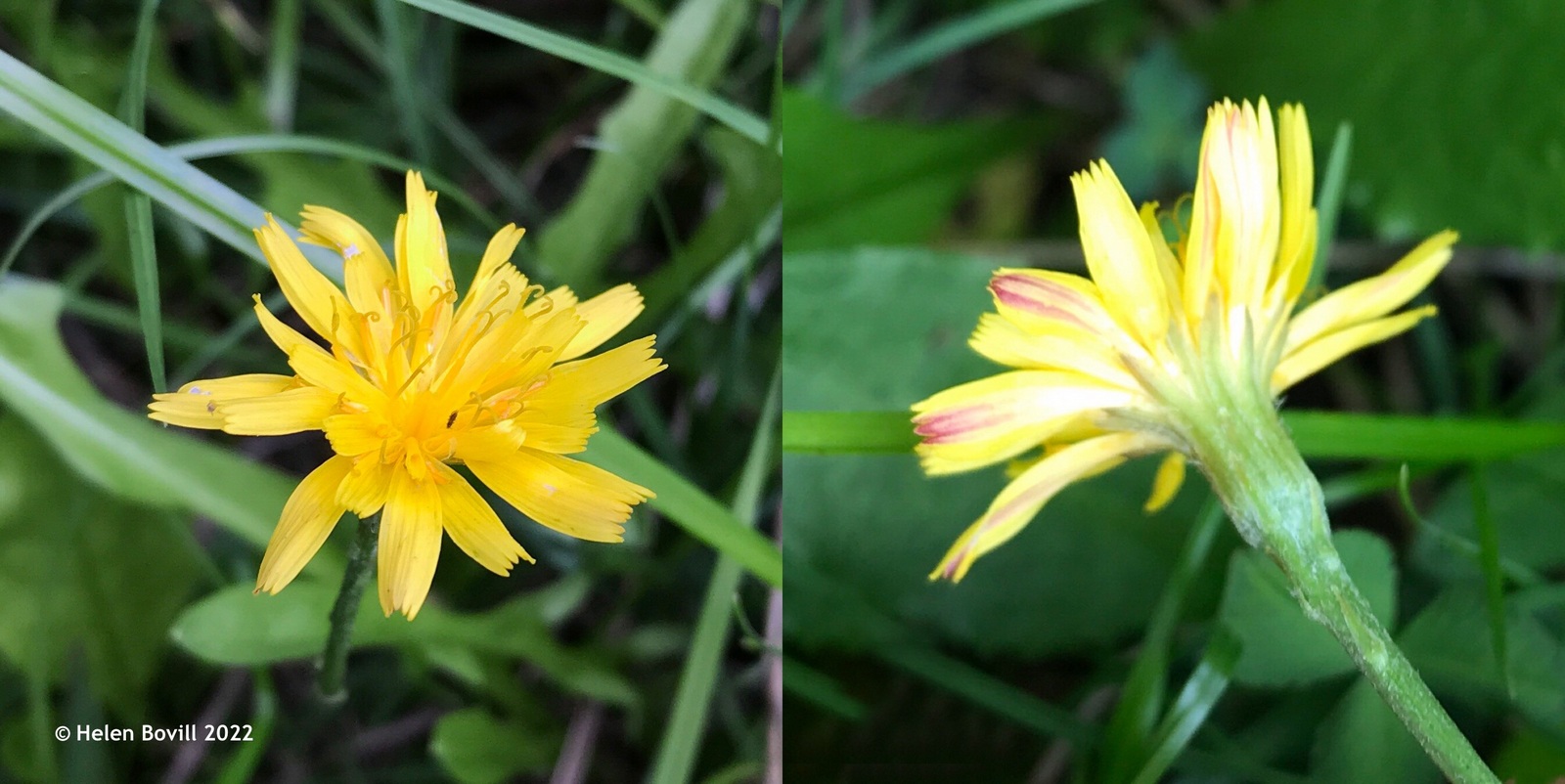
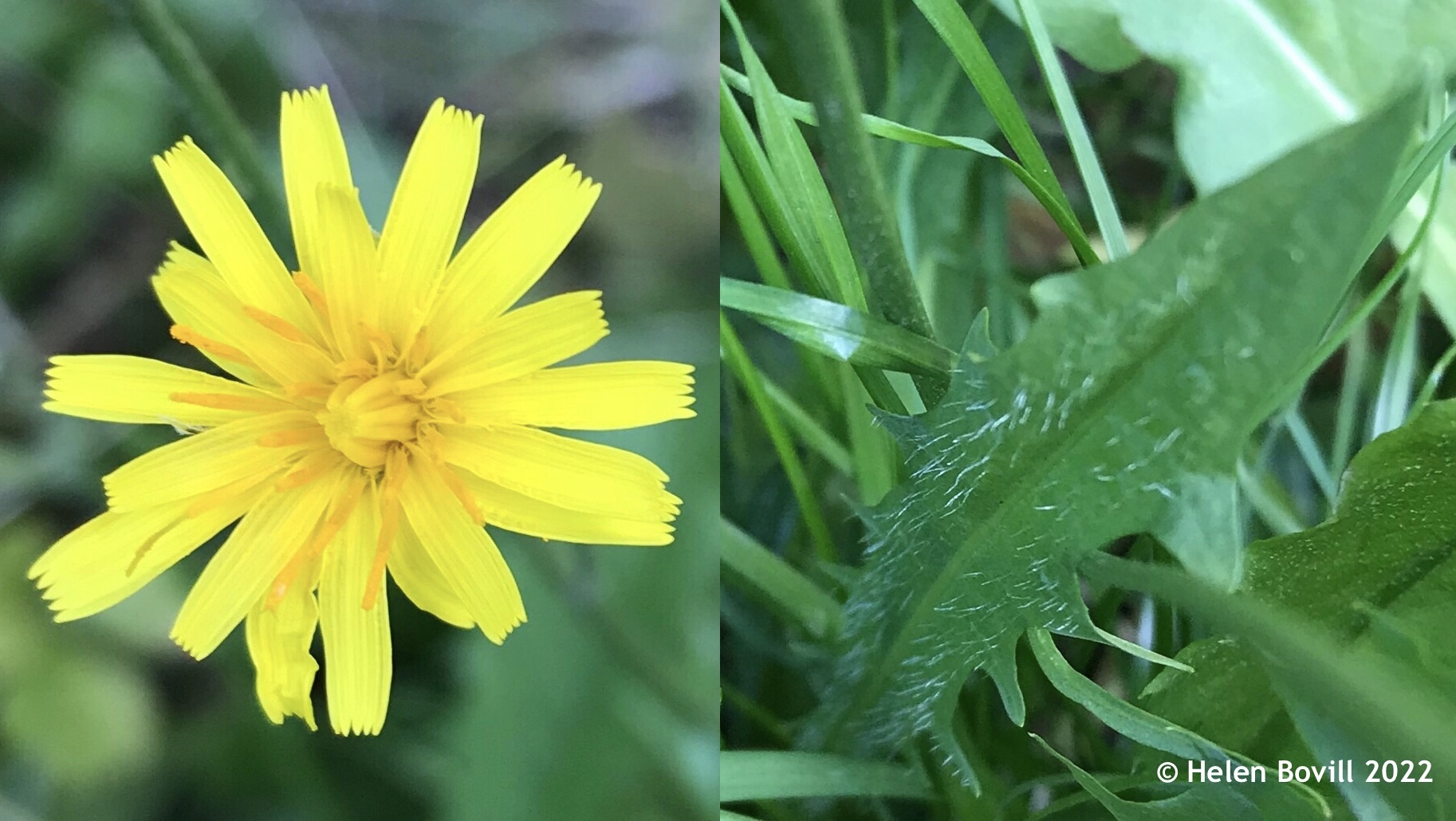
The two plants look very similar, but the Hawkbit has red markings under the petals and smooth leaves. Cat’s-ear has hairy leaves. The Ragwort is also flowering again, and I found some Hedge Mustard and Wood Avens – both have tiny yellow flowers.
I didn’t find many plants in flower this month. Most of the ones I found have yellow flowers but I did find some Common Hogweed and Daisies (white flowers) and some Cyclamen.
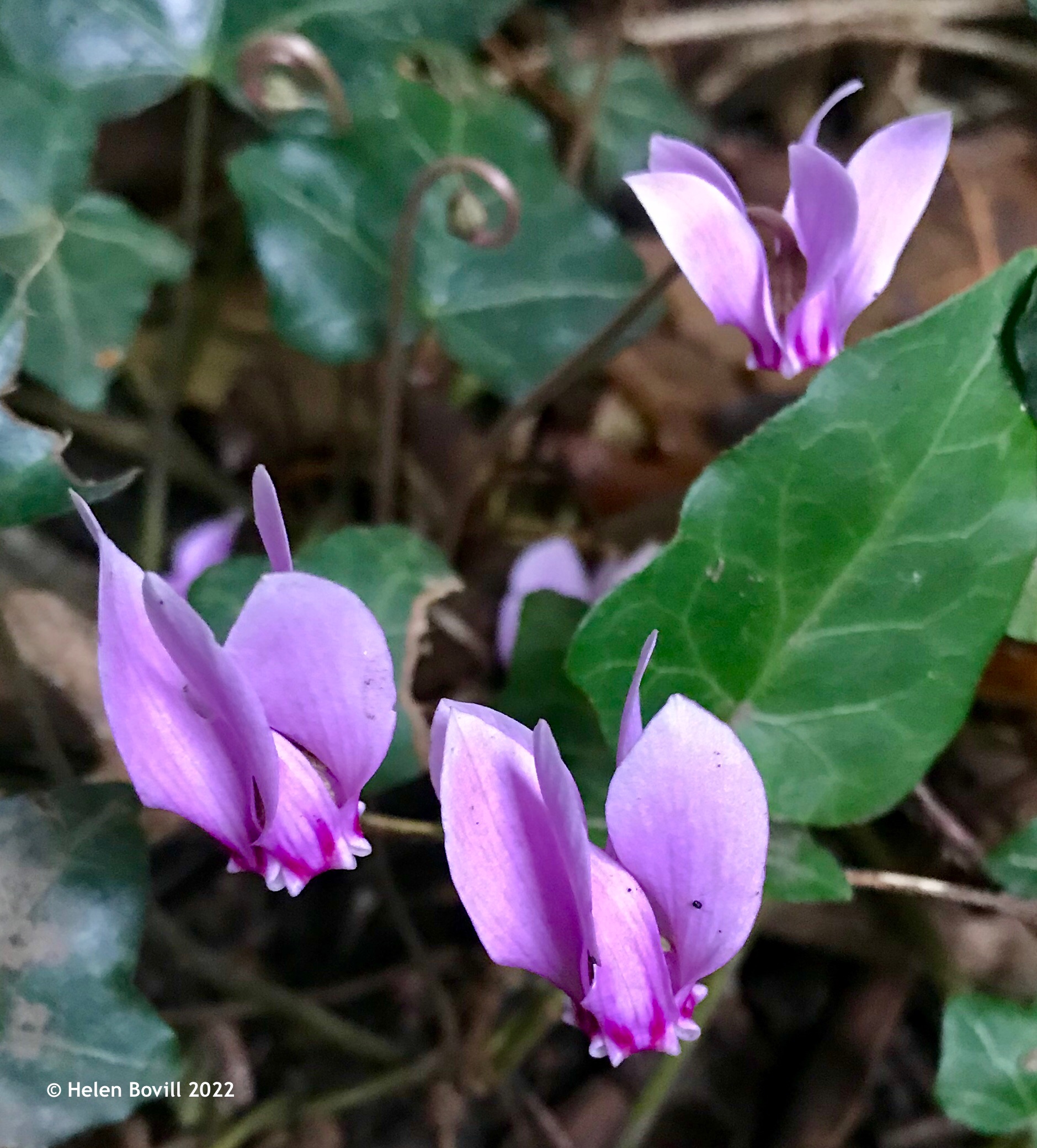
I also found some Oxalis on one of the footpaths in the cemetery, but just a few leaves and no flowers.
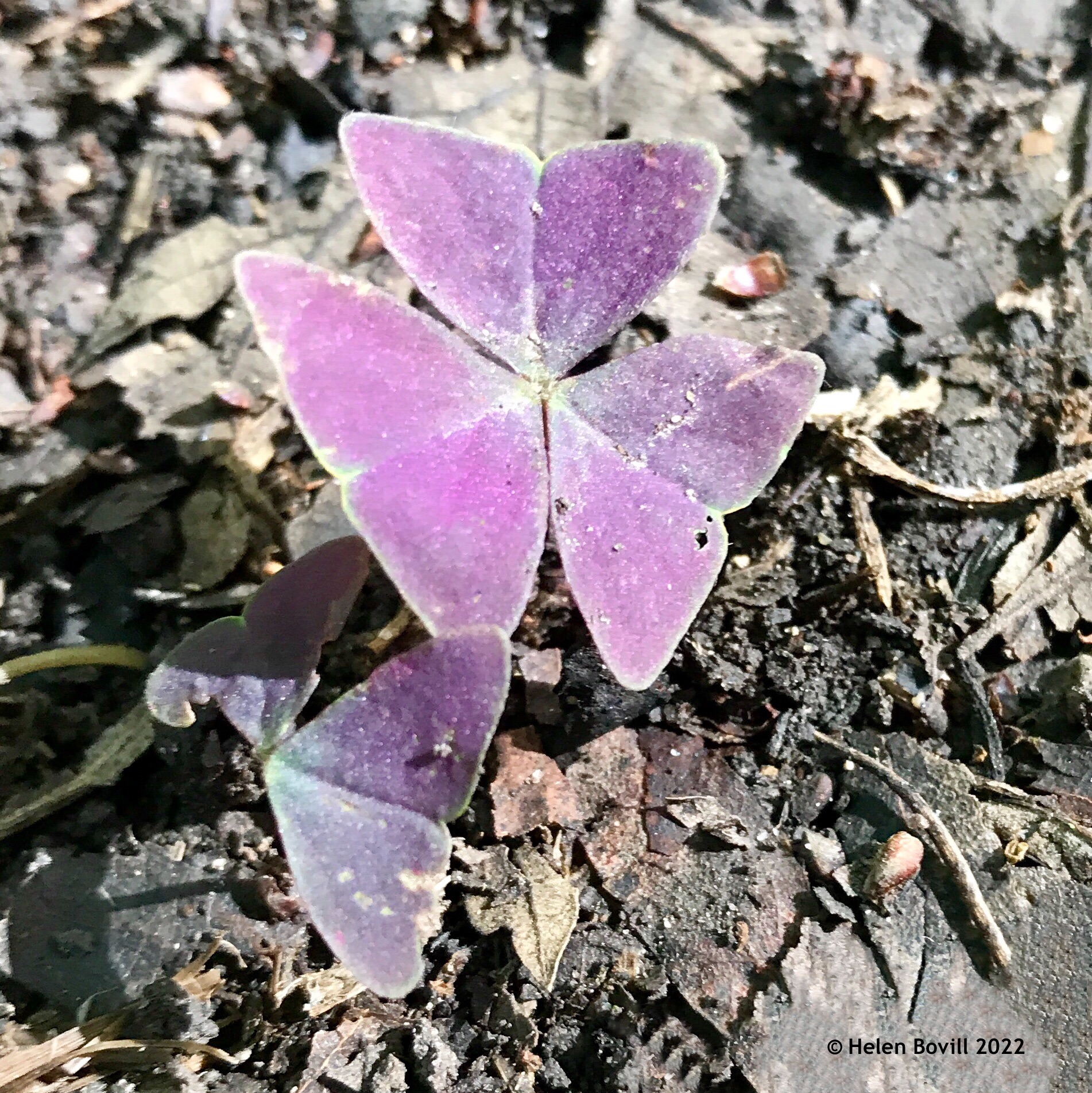
Lots of the trees and shrubs in the cemetery now have berries on them – a great source of food for the cemetery wildlife. In the Quaker Burial Ground the Yew trees have produced lots of berries.
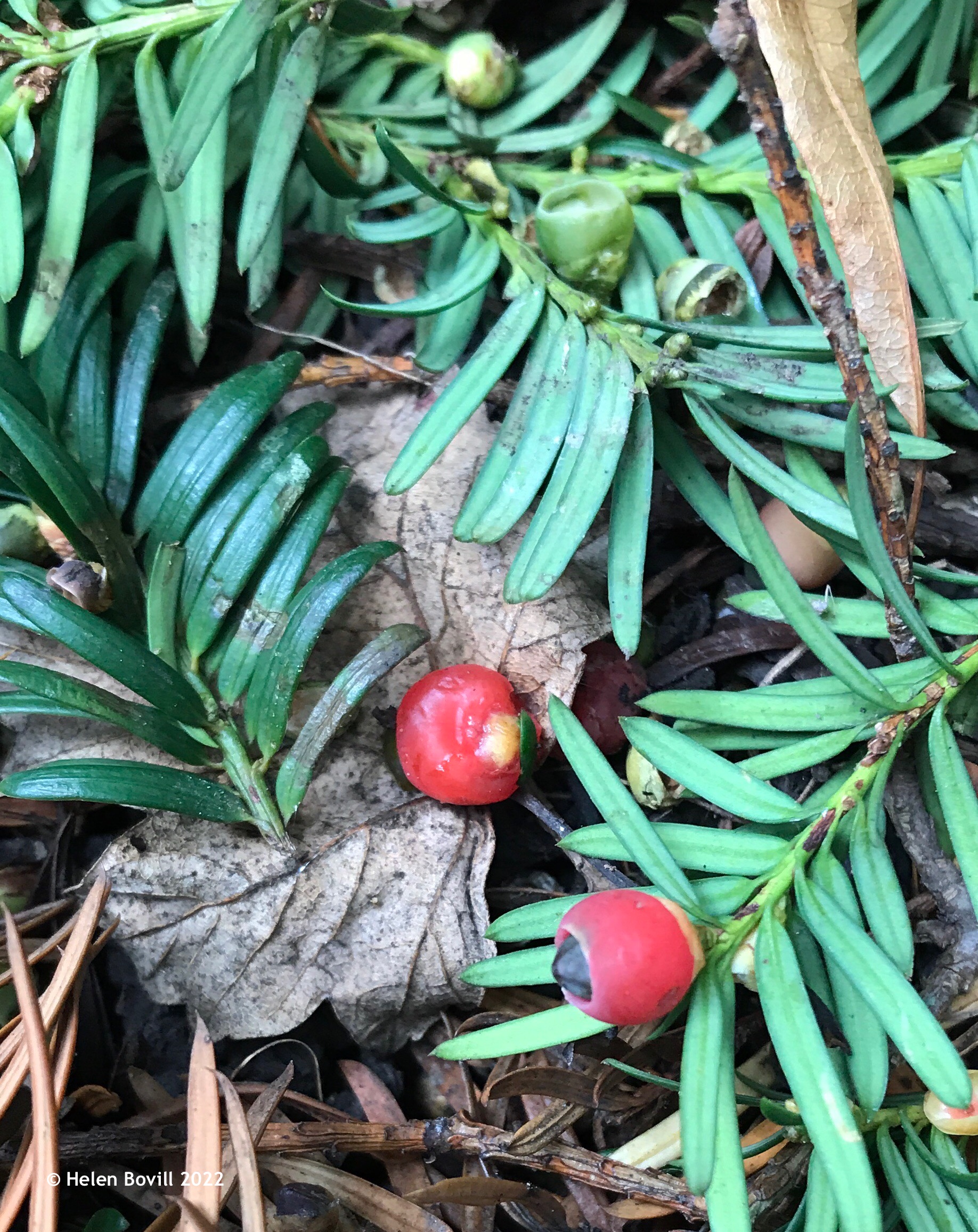
Walking past there towards Western Cemetery, the Broad-leaved Whitebeam at the end of the path has lots of orange berries on it.
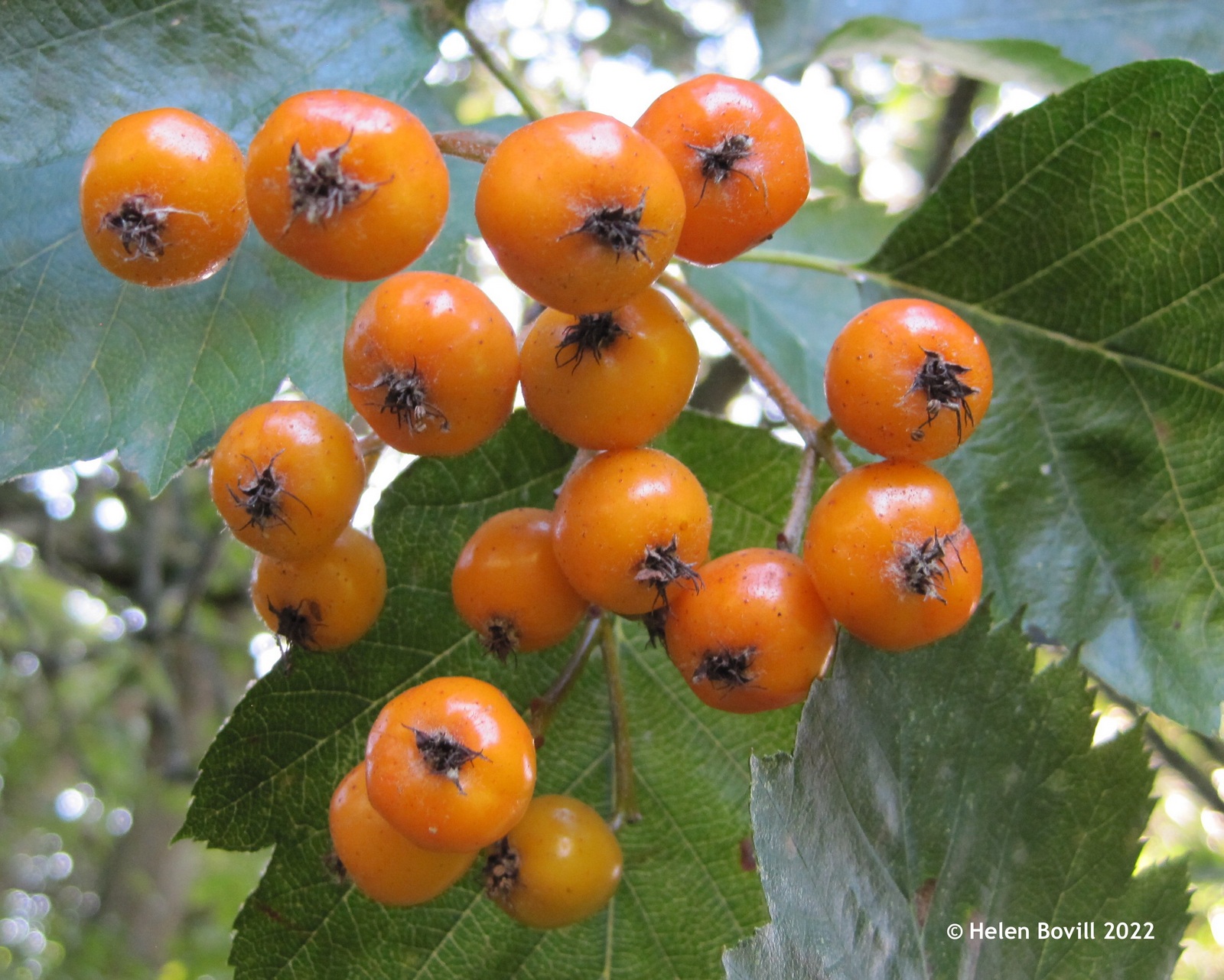
The naturalised Rose bushes inside the Cemetery have some fruits or hips on them.
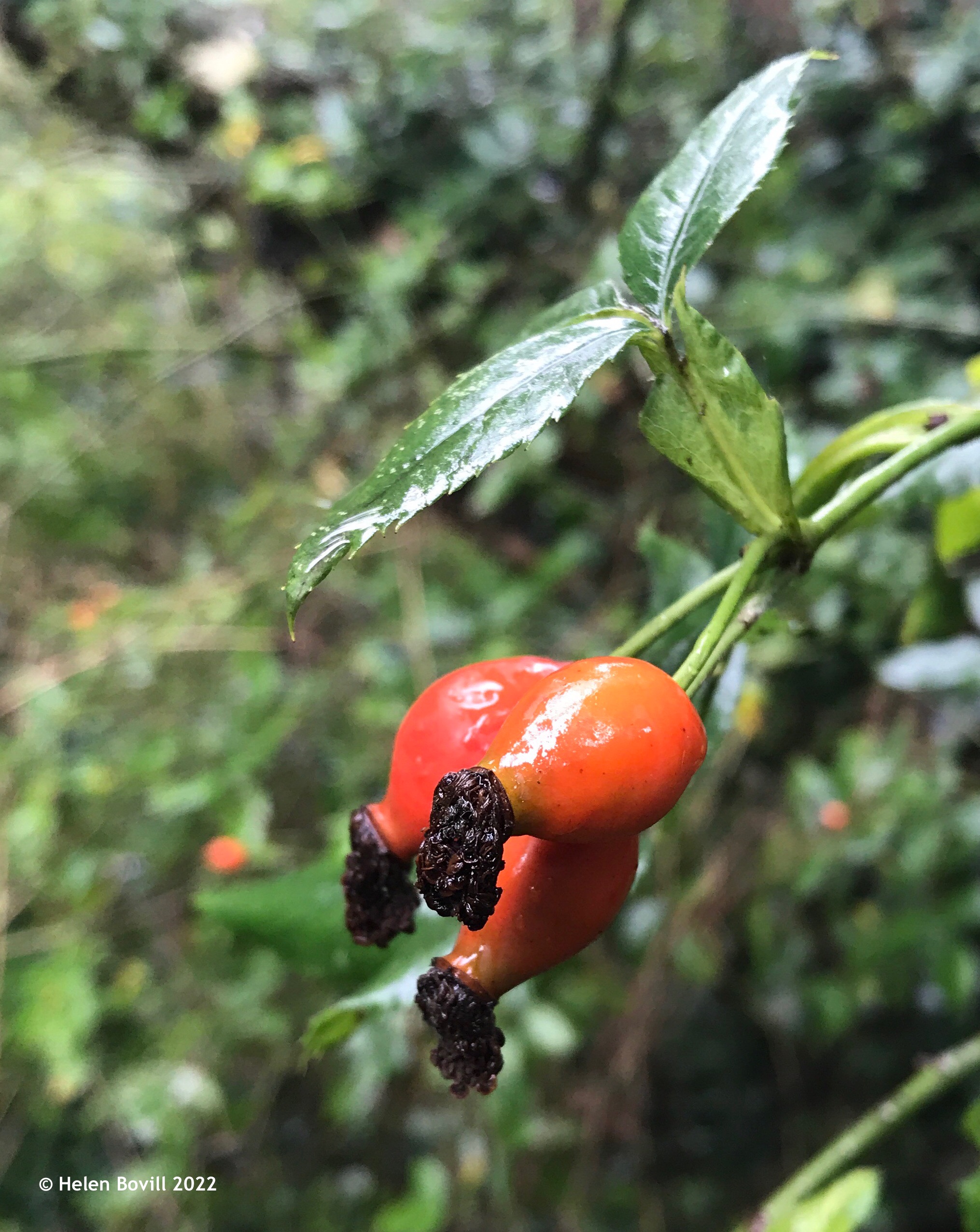
The Blackthorn has some berries too, although I only found them as either singles or growing in groups of two or three.
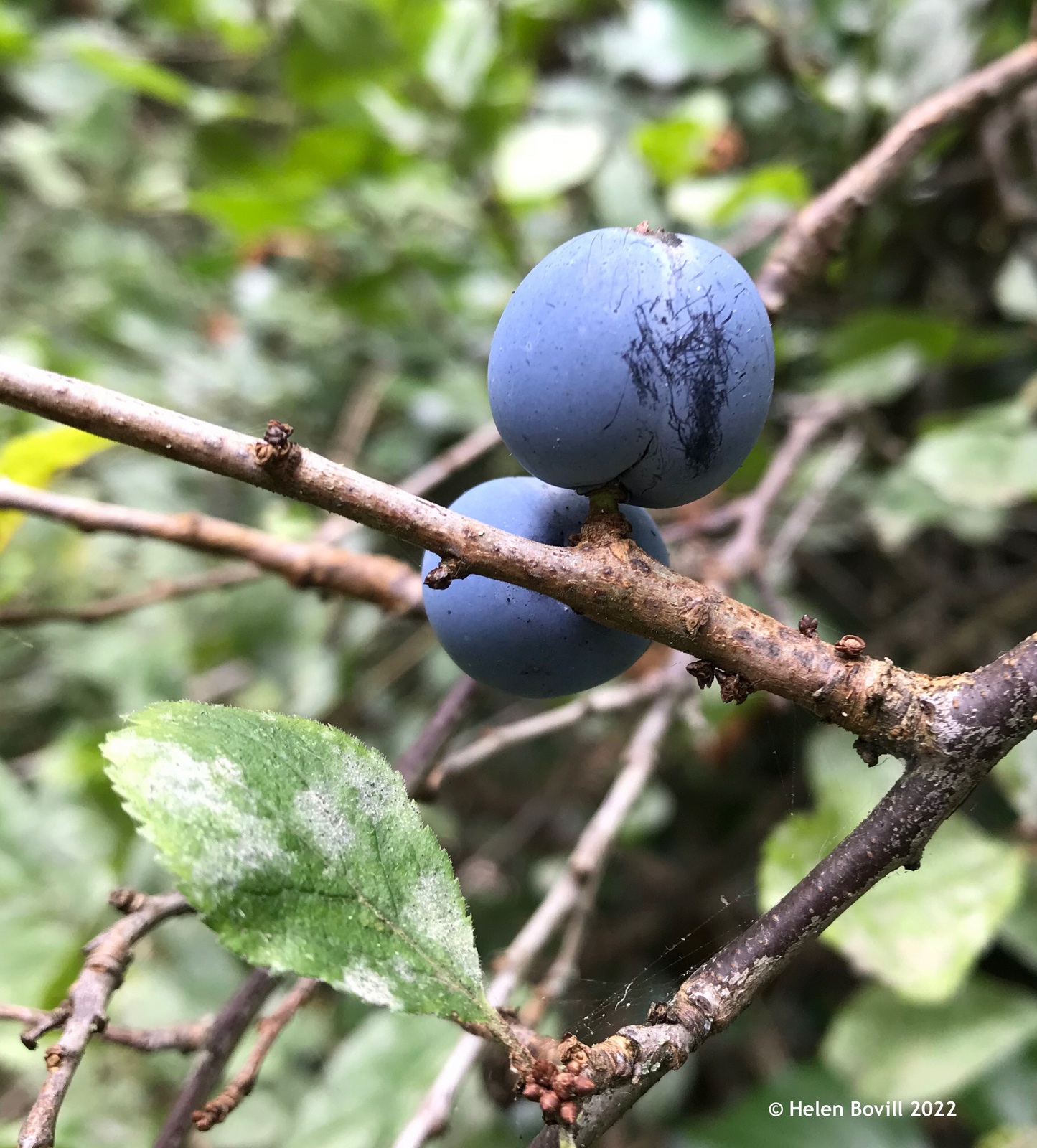
Many of the Bramble plants fruited quite early but there are still some fruits at all stages of ripening on the plants, including some uneaten fruits. The seeds inside those fruits are still very useful to birds such as Bullfinches. The Dogwood bushes have plenty of black berries on them – a particular favourite of Wood Pigeons and Blackbirds it seems.
This month I’m going to feature those members of the Corvid family that can be found in the Cemetery, namely Carrion Crows and Magpies. There are several of each to be seen. Both make a particularly loud cawing noise, sometimes an indication of a predator lurking nearby.
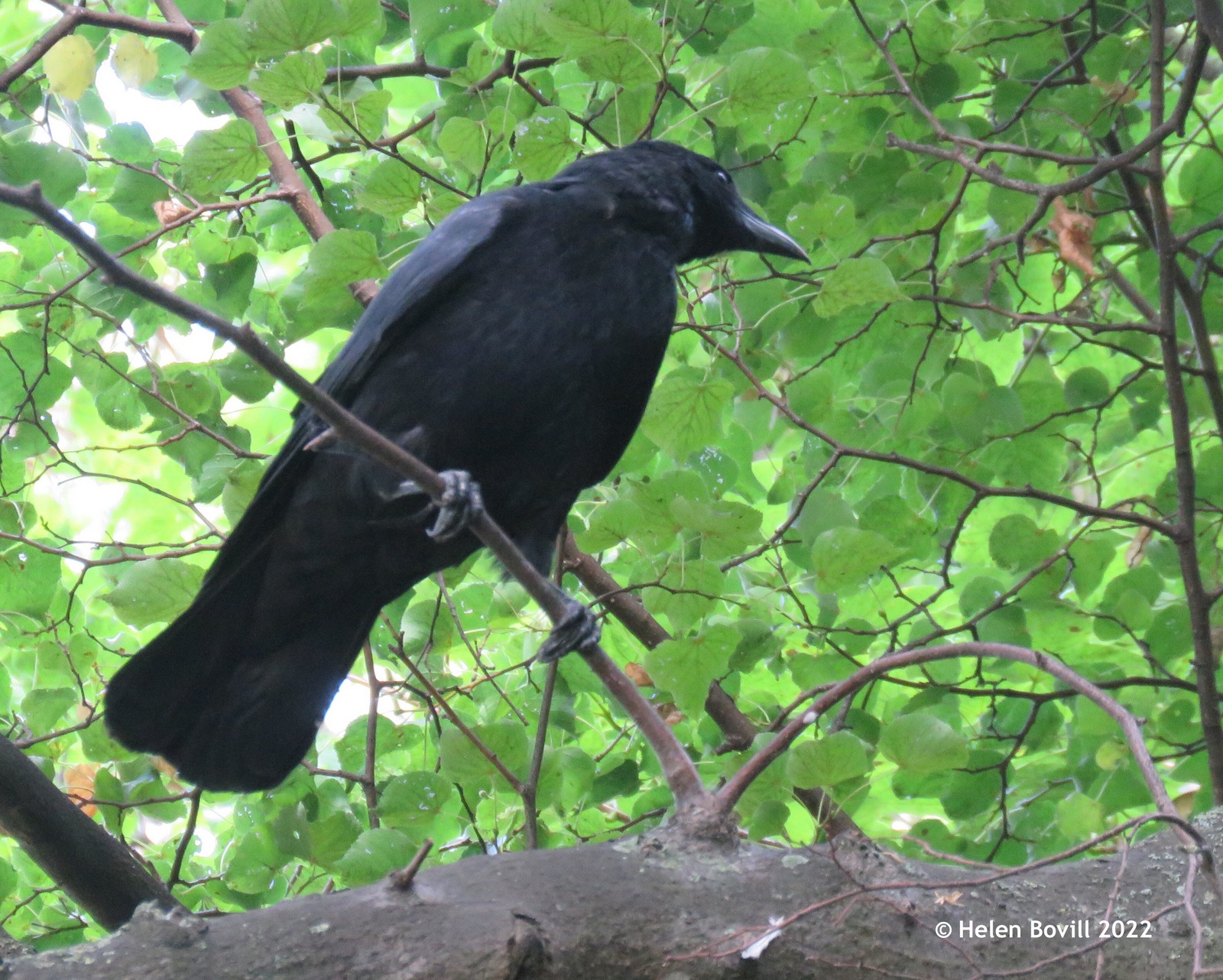
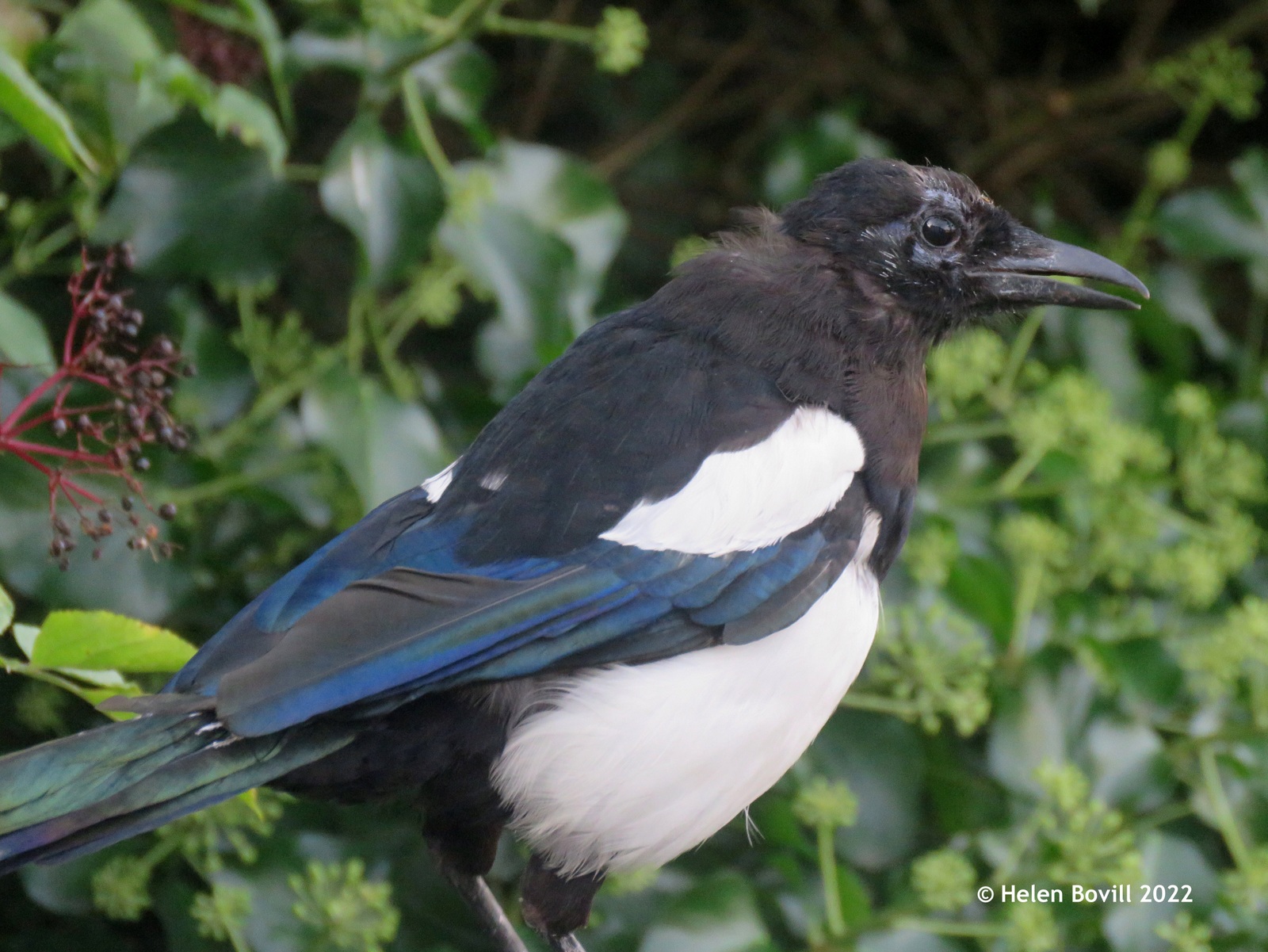
The Corvid family also includes Rooks, Ravens and Jays. I’ve never seen any of these in the Cemetery but a couple of Jays have been seen in the adjoining Western Cemetery by a visitor a few months ago.
The usual smaller birds are around in good numbers – Blackbirds, Chaffinches, Goldfinches, Blue Tits, Great Tits, Robins and Wrens. I also saw a Coal tit – usually I see a couple of them most days but I haven’t seen any for a few weeks, so it was nice to finally see one again. I also caught brief glimpses of a Blackcap and a Treecreeper.
And now a first for the Cemetery – a Southern Oak Bush-cricket. These are relatively new arrivals to the UK, the first records being in the south of the country in 2001. They’re expanding northwards, and this could be one of the most northerly sightings so far. They’re usually found high up in the tree canopy but also appear in lower shrubs. This one is a female.
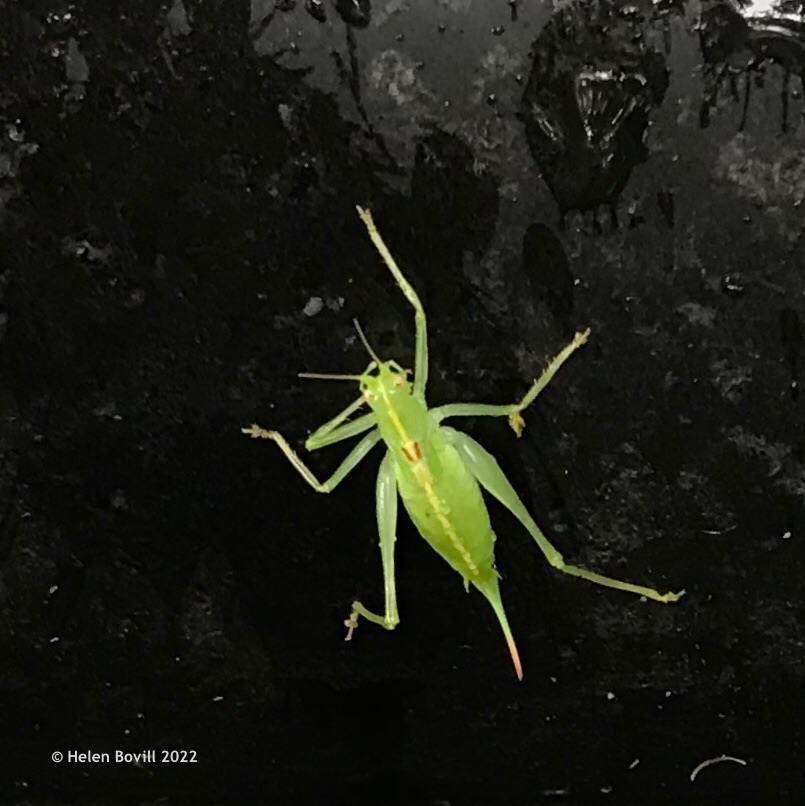
There are still a few Butterflies around – I saw a Red Admiral near the Cholera Monument, and a Small White along the grass verge. The species I’ve seen most often though is the Speckled Wood, often flying high up in the trees and then coming to rest on the ground.
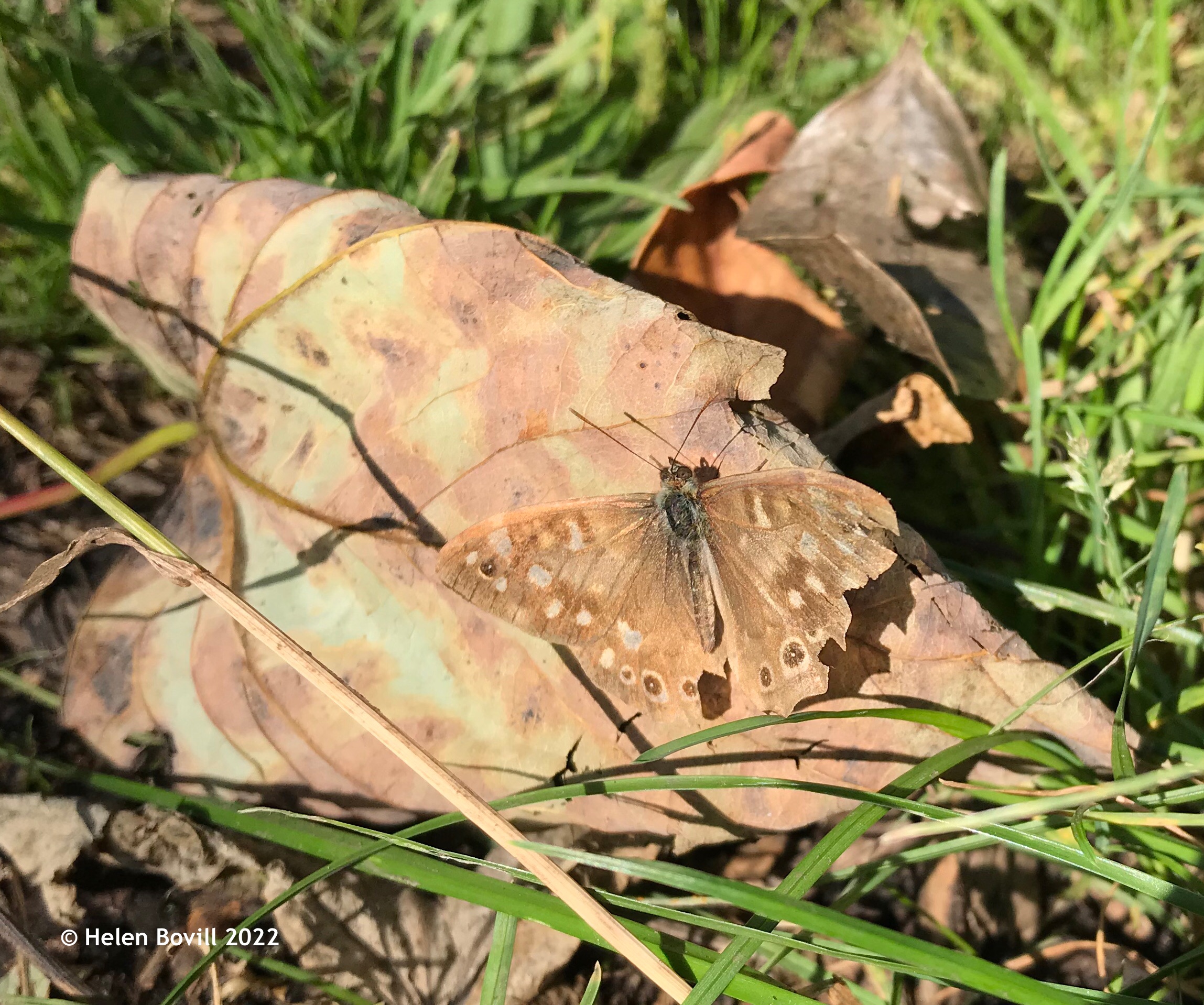
There are still plenty of Ladybirds around, both native and Harlequin. I found quite a lot on the sunny sides of headstones as well as on the vegetation. This 7-Spot is one of our native species.
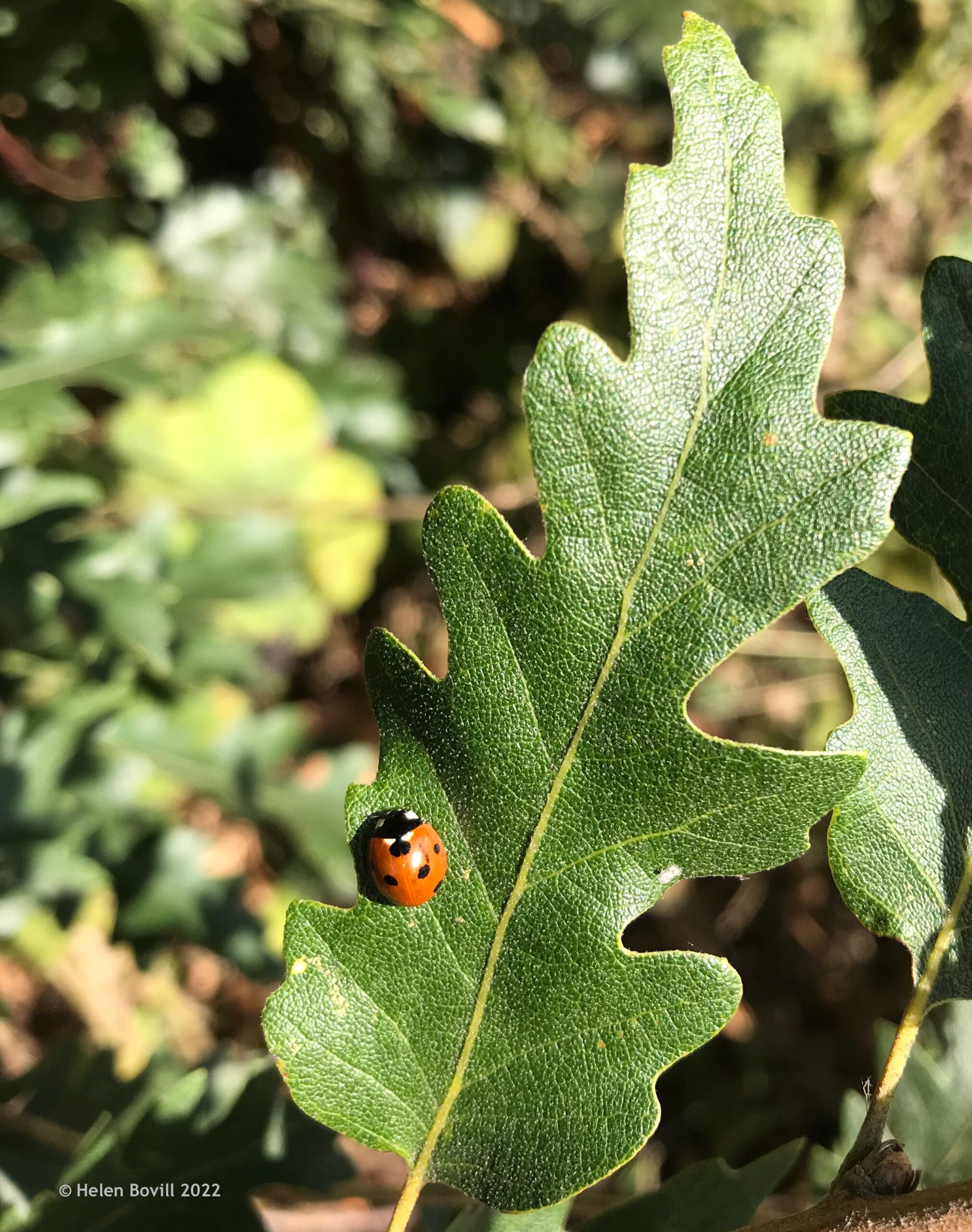
I’m also still seeing hoverflies, including this Common Banded one.
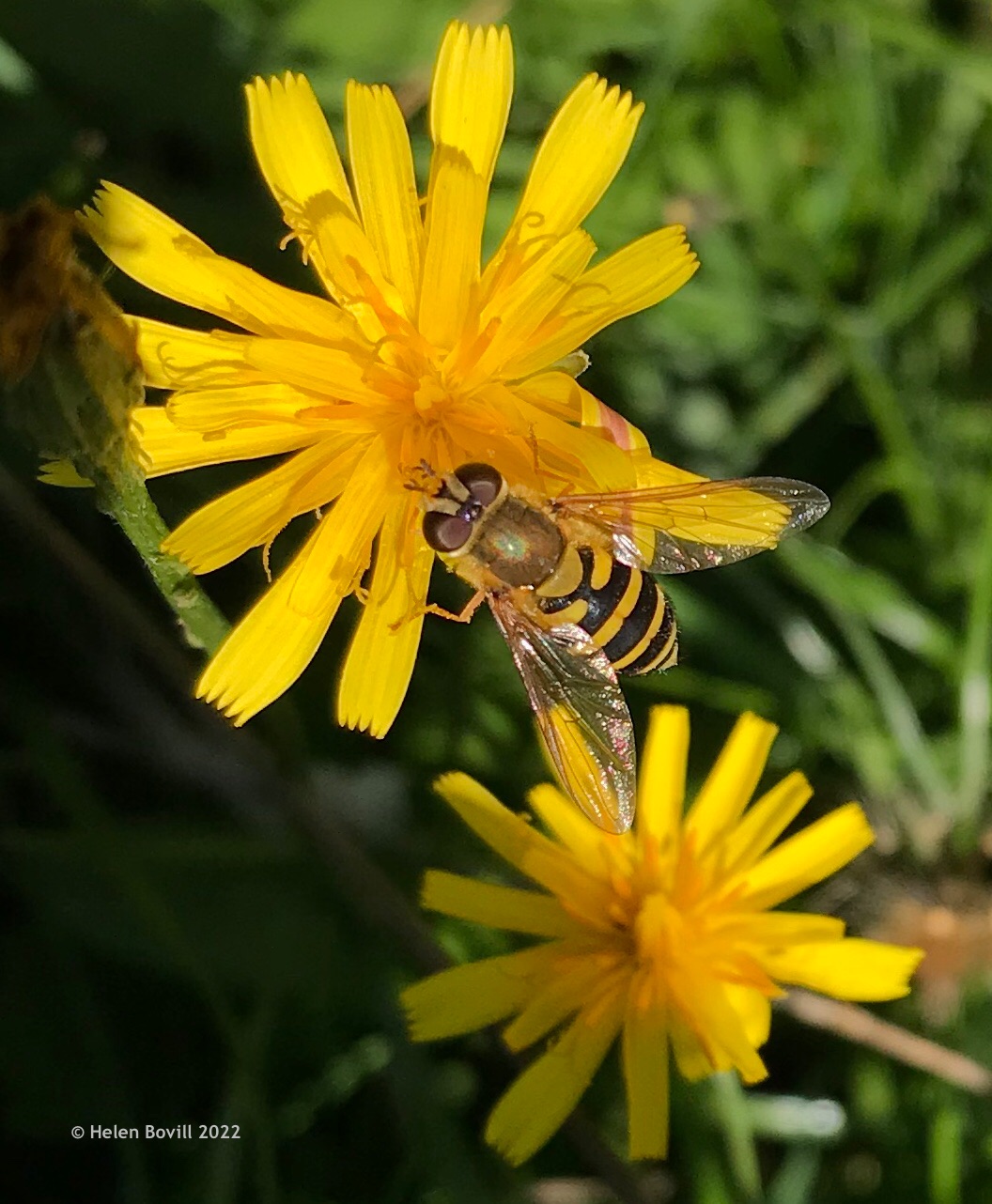
I found this interesting mushroom growing on a grave – it’s a type of Bolete. It started off larger and paler than in the photo and now it’s shrivelled to a much smaller size. Parts have been eaten by the cemetery wildlife too.
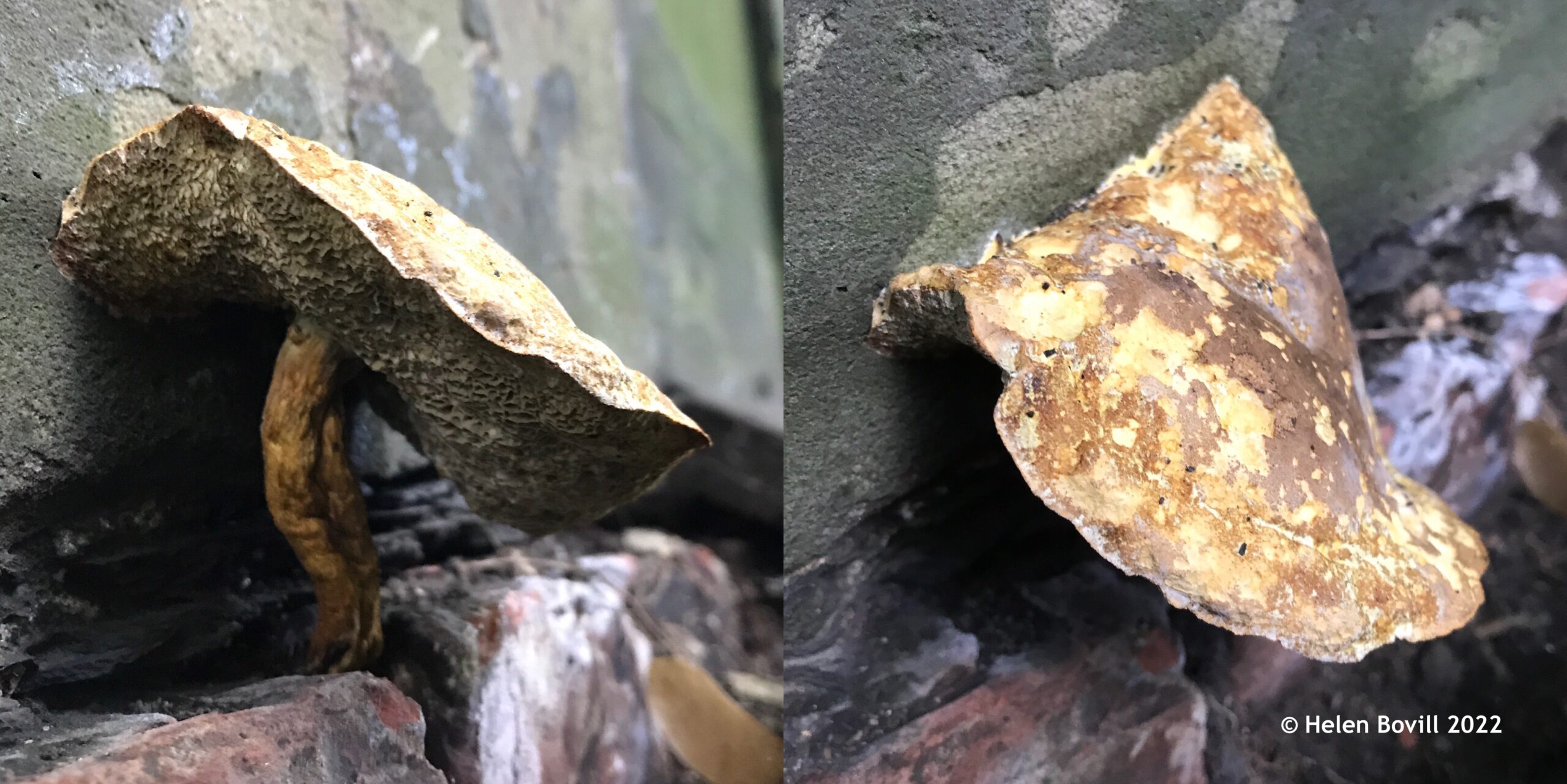
There are quite a number of mushrooms in the cemetery at the moment. They can be quite difficult to identify accurately as their appearance can change quite quickly. This one started off smooth on top, and now it has its own fungus on it!
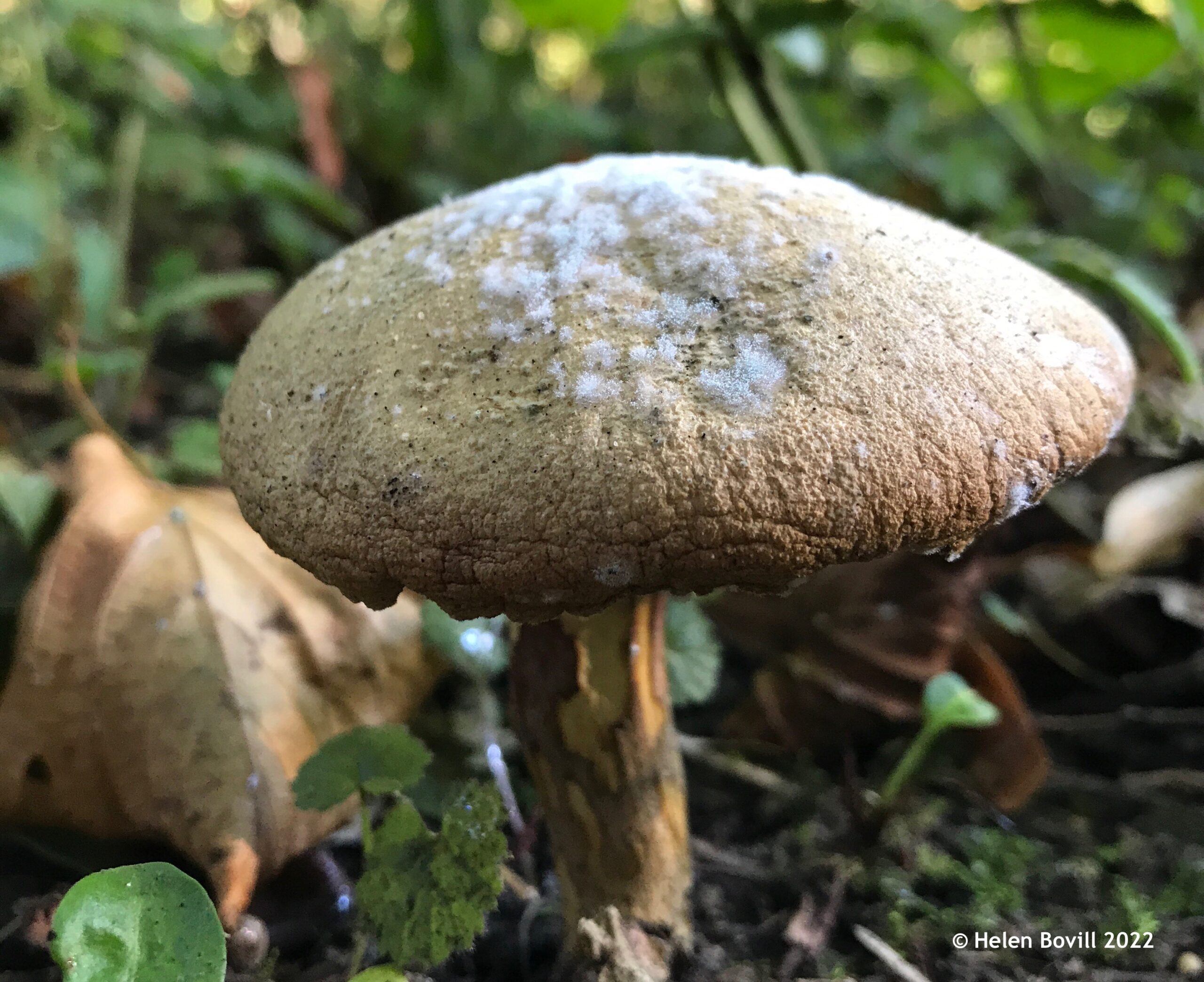
There are some tiny Inkcaps growing along some of the paths, and jelly-like fungus on some fallen trees.
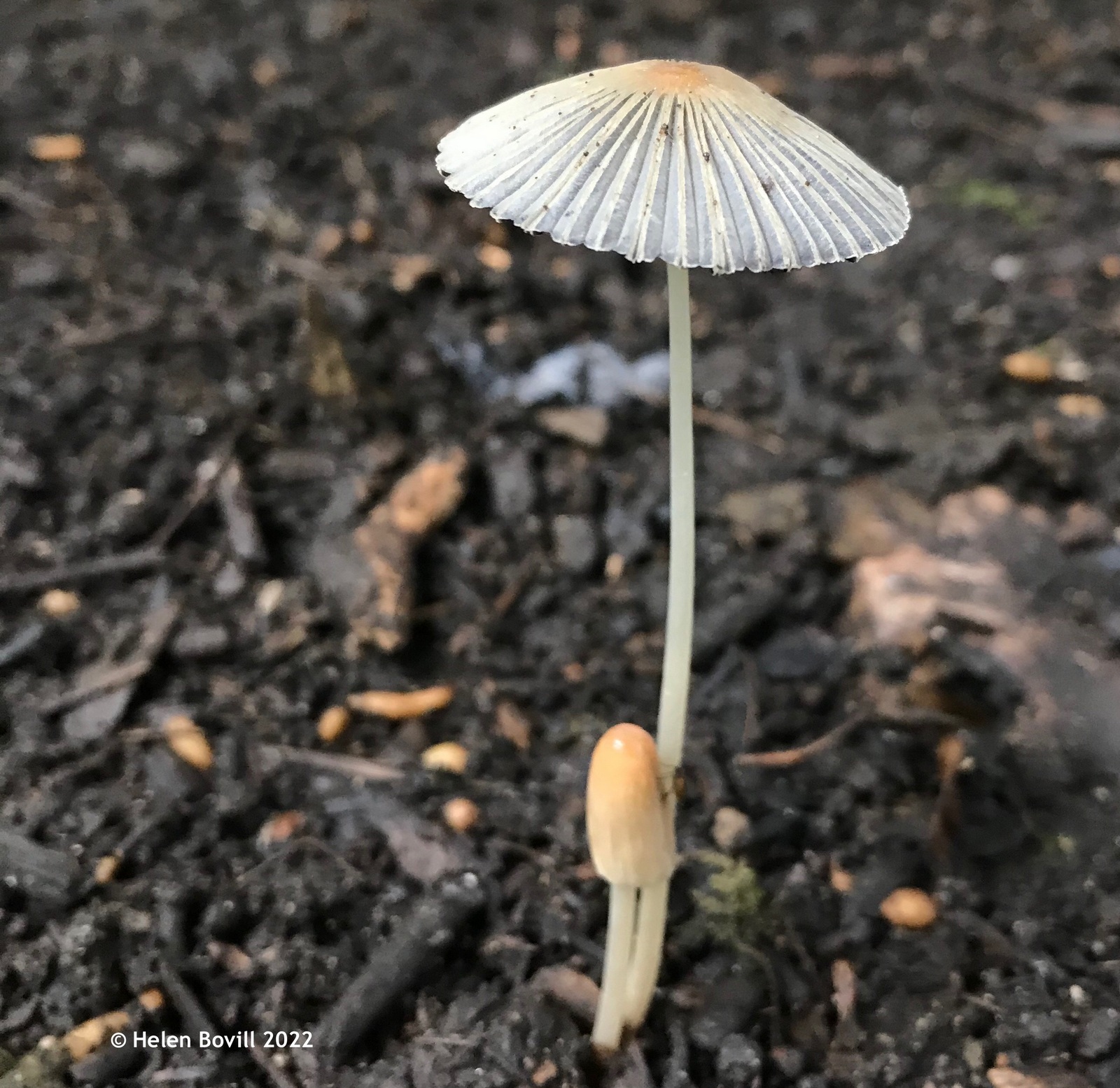
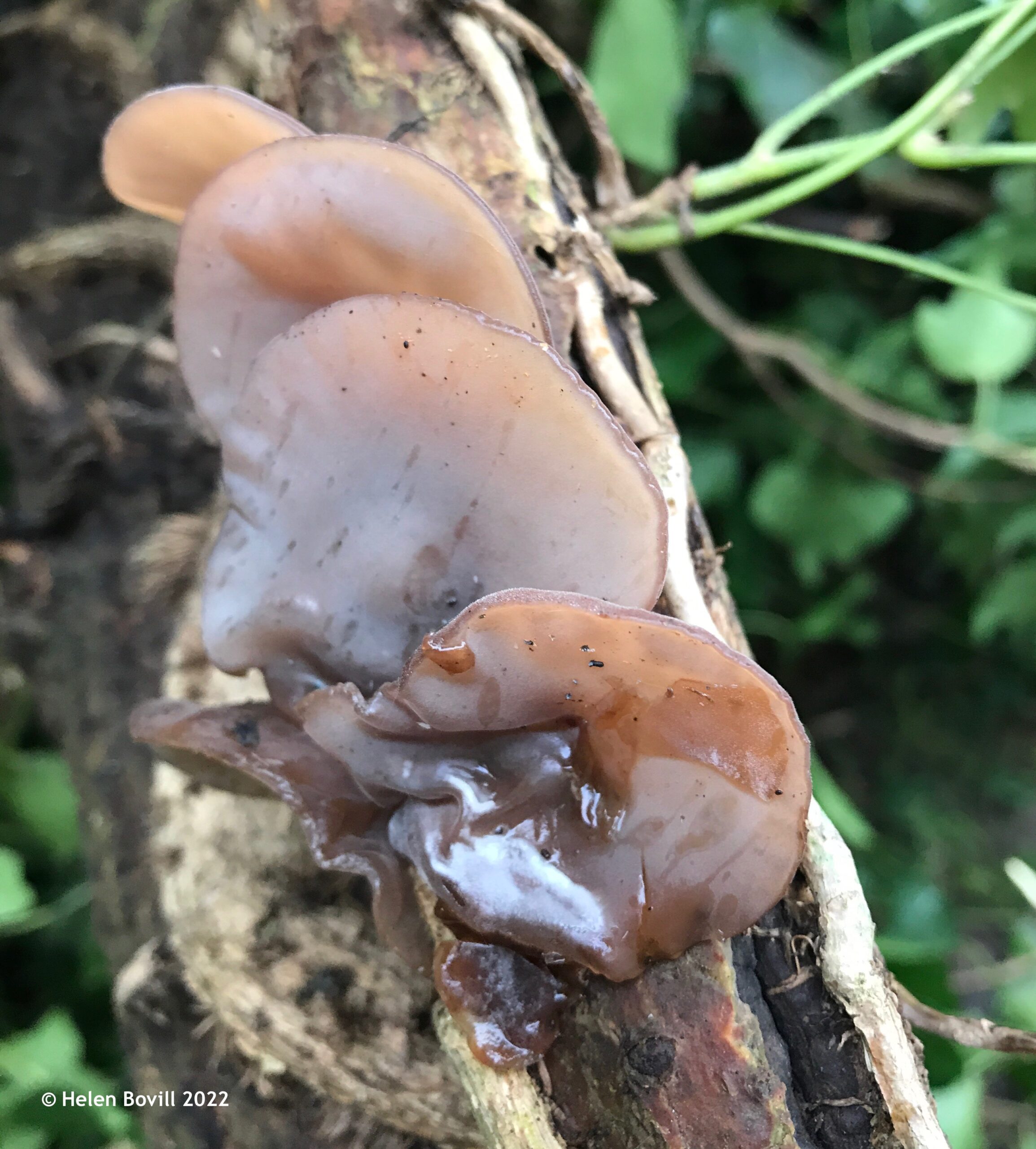
The only significant rainfall was early in the month. Since then, it has been cool and the footpaths are dry again, making an early Autumn stroll around the cemetery easy. Do pop in there and look at the cemetery wildlife – you might spot something I haven’t noticed yet!
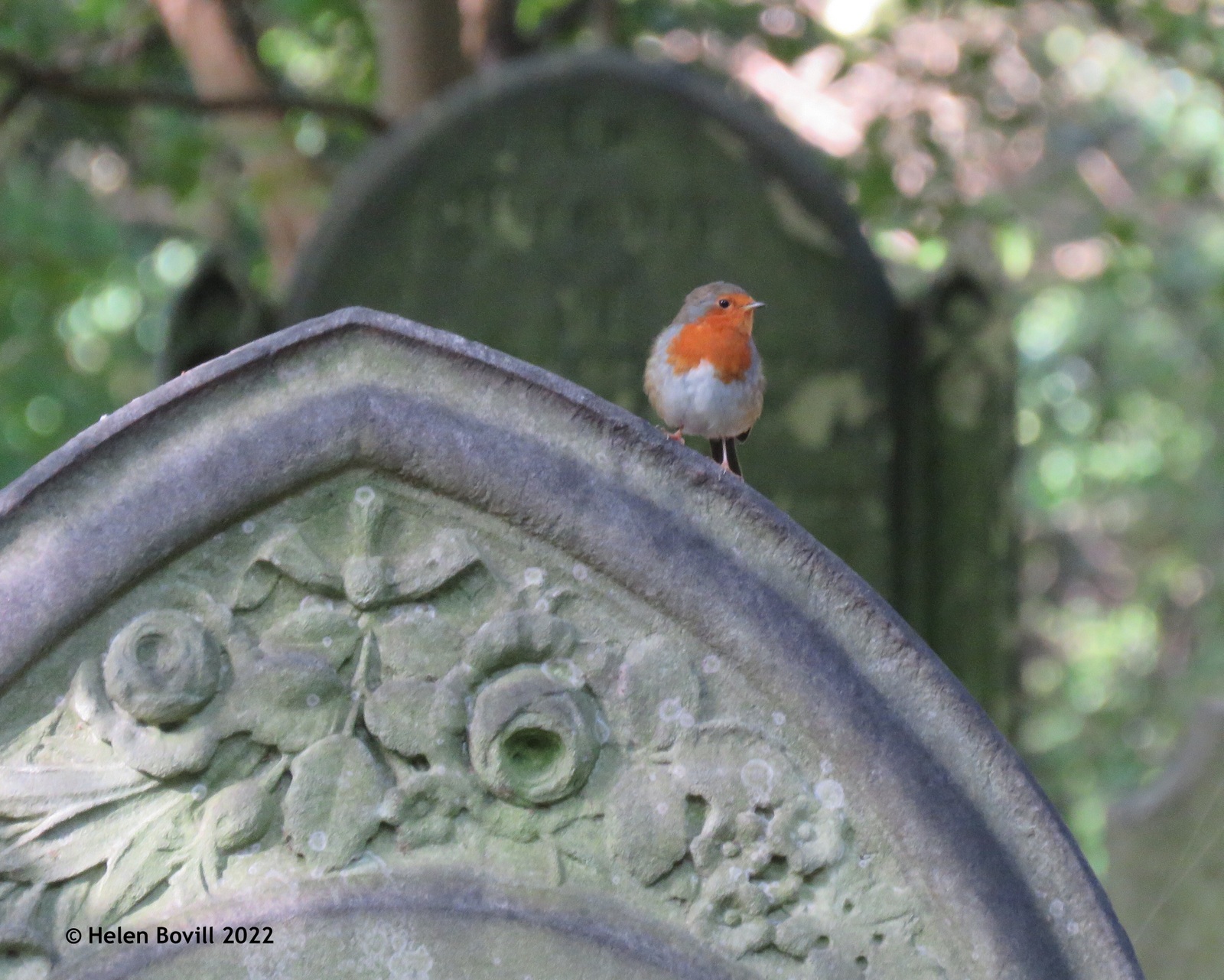
https://www.woodlandtrust.org.uk/trees-woods-and-wildlife/fungi-and-lichens/

Another year over. At least in terms of Heritage Open Days and Hull General Cemetery. It was its usual success. Approximately 50 people turned up over the two Saturdays which is a very good response. It’s down on last year when it was over 100 but I think that year was partly a response to lockdowns and people wanting to get out into the fresh air. We were also blessed with good weather for the last two years which is always a bonus on an outdoor gig.
It is still the most popular of guided walks. Indeed I have been told that it is the most popular attraction of the entire HODS week. That’s pretty cool for a derelict cemetery. The initial aim of the Friends was always to raise the profile of the site and I think that we may have achieved this to some extent.
However the other major aim, such as returning it to a viable, well maintained community resource, is still ongoing. It will probably need a lot more effort from the Council and the wider community to assist the Friends to achieve that goal. Let’s just say it’s a work in progress.
As for Heritage Open Days I’m afraid that is it for the time being for guided walks around the site. I’m taking a year out as I have a lot of other projects which desperately need work on. So I have taken the decision not to undertake any guided walks next year for the Heritage Open Days. This includes the Western Cemetery one too. I will probably come back in 2024 but right now 2023 is earmarked for other things.
Having said that, I don’t have the monopoly on giving the guided walks. I’m quite happy for that mantle to be passed on to others. Permanently if they like the job. So, if you are up to giving it a go, feel free to contact me and I’ll give you as much help as I can.

Pete Lowden is a member of the Friends of Hull General Cemetery committee which is committed to reclaiming the cemetery and returning it back to a community resource.
There’s a new book. It’s called The Life of Hull General Cemetery Lodge and Other Stories.
The book covers the story of how the Cemetery Lodge, the jewel in the crown for the cemetery, was created but also the sad story of its loss to the forces of ‘progress’ in the 20th century. This building, the first commission of the noted Hull architect, Cuthbert Brodrick, was a creation in the Victorian Gothic mode. Its fairy tale castle effect was a highlight of the town. Yet within a a lifetime it was swept away.
Other stories in the book cover the struggle to create the Cemetery; the story of how the destruction of most of the headstones during the development of the cemetery in the 1970s took place and finally, a revisiting of a celebrated walk around the Cemetery by John Symons in the 1880s.
It’s available at Amazon and is priced at £10 post free.
The other books in this series are also still available from Amazon. These are a Short History of Hull General Cemetery, priced at £7. The War Dead of the Cemetery, priced at £10. Public Graves, Workhouse Graves, Catacombs and Crosses, priced at £7 and finally A Short History of Burial in Kingston Upon Hull from the Medieval Period to the Late Victorian Period. This is also priced at £7.
With the nights drawing in, what better way to spend them by reading about cemeteries and death. Go on, treat yourself for Halloween. At the worst you can always burn them to keep warm.
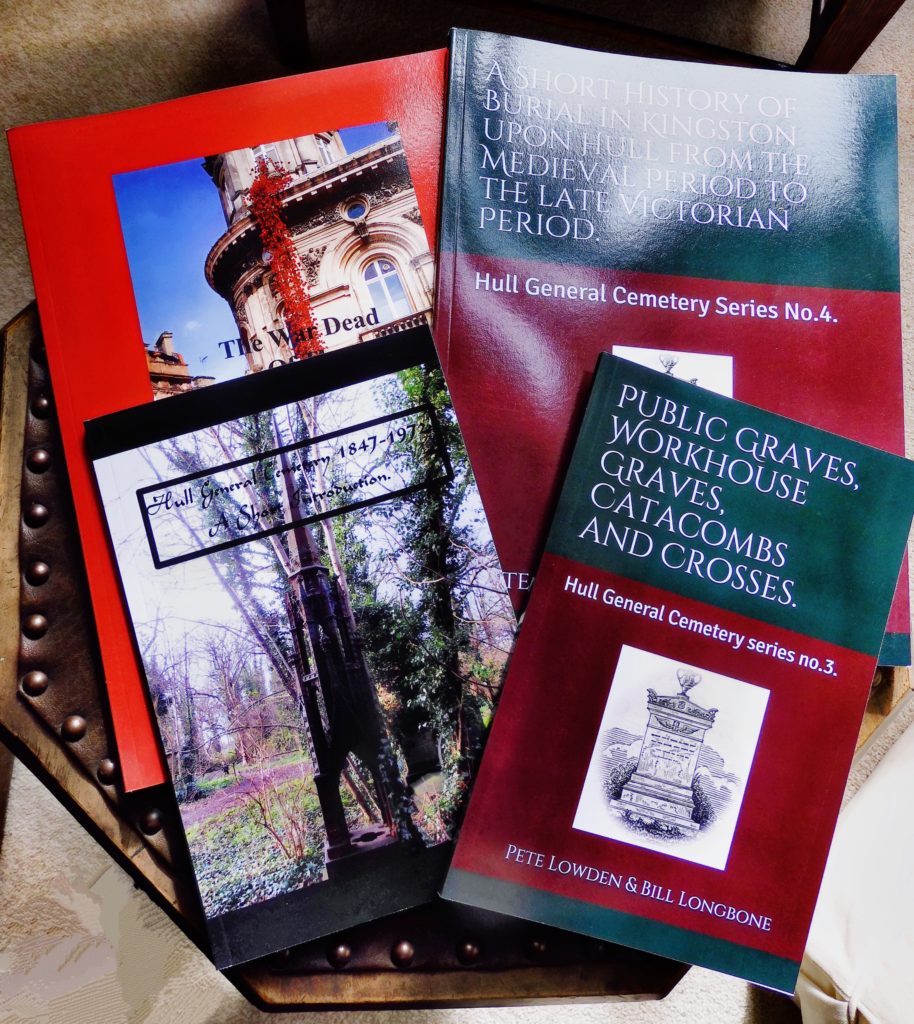

Pete Lowden is a member of the Friends of Hull General Cemetery committee which is committed to reclaiming the cemetery and returning it back to a community resource.
The anniversary this month shows that the Company could, when it had to, play a mean game of poker. It’s opponents? Hull City Police Force. Here’s what happened.
On the 28th October 1875 the directors of the Company held an emergency board meeting. This meeting was called as a result of a letter they had received. The letter had come from the local Watch Committee of the Corporation. This was a committee of the Hull Corporation that concerned itself with law and order. The letter was signed by the Chief Constable of Hull City Police, Thomas Cook.
The letter stated,
Dear sirs,
At a meeting of the Watch Committee this day it was ‘resolved’, that the Directors of the cemetery company be informed that the attention of the committee has been called to the practice of the borough police being employed beyond the borough in watching the cemetery on Sundays, and the committee desire to call the directors attention to the matter, in the hope that the company will make their own arrangements or through the medium of the county police for watching the cemetery, that the borough police may be withdrawn.’
This letter, much like today, was one attempt to keep costs down for the Corporation. What better than to remove the police constables patrolling the cemetery, which was actually situated in Cottingham parish after all? The cemetery did not become part of Hull until 1885. It must have struck the Watch Committee members as a good way to save money without it harming themselves in any way.
This wasn’t quite how the directors of the Company saw it. Thus the emergency board meeting.
However, when in doubt, raise the stakes. The Company did. It’s reply reached the Watch Committee on the 4th November and it must have caused some members of that august gathering to blanch a little.
The chief constable’s letter and the resolution therein contained having been read, and the circumstances under which the police were first put on duty at the cemetery having been considered, from which it appeared that in consequence of complaints made to the directors about plants and flowers being destroyed in the cemetery the grounds were closed against the public on Sundays from the 1/9/1856 and continued so closed until May the following year, when a request was made by the then mayor of Hull (W.H.Moss esq) that the public might be again permitted to walk in the cemetery on Sundays, and the Board in compliance with such request again opened the cemetery upon the express understanding that the visitors should be restricted to the gravel walks and that the watch committee should provide sufficient policemen to enforce the observance of such restriction, to preserve order and to protect the graves, tombstones, plants and shrubs from injury.
The letter went on to inform the Watch Committee that the Company had,
Resolved that inasmuch as the public who frequent the cemetery on Sundays ate almost exclusively residents in the borough of Hull, this board trusts that the borough police may be permitted to continue their attendance, to carry out the before mentioned restrictions, but should the Watch Committee determine to withdraw the police from such duty the directors hope that timely intimation may be given of such determination in order that the public may have due notice of the Board’s intention to close the cemetery against visitors on Sundays. The directors are most anxious to continue every facility possible for the admission of the public as the grounds are becoming increasingly attractive and they therefore venture to repeat that they can only do so through the aid of the Watch Committee as in the event of the police being withdrawn the directors feel convinced from past experience that the property of the owners of vaults and graves in the cemetery would no longer be safe from injury.’
And with that missive, the ball was safely returned over the net and the Watch Committee suddenly found itself with a problem. What had seemed an easy way to make a cutback in public expenditure now looked like an own goal. The public liked and enjoyed walking in the Cemetery. It was quiet, restful and beautiful. And it especially enjoyed using the Cemetery on a Sunday as that was the one day the vast majority would not be at work.
So for the Cemetery to shut its gates on a Sunday would be very bad. That this would occur through the actions of the Watch Committee was not something that had been envisaged when the idea was thought up. The Watch Committee were caught in a trap of their own making. They could not go back on what they had said. Nor could they be seen to have caused the Company to shut its gates on Sundays.
On the 2nd December the Watch Committee sent a letter to the Company. It stressed that after consideration they would still allow the constables to patrol the grounds of the Cemetery. However the numbers would be reduced from six to three. The Company thought this was sufficient and there the matter ended. For once the Company had played a blinder. A rare occasion for an anniversary.

Pete Lowden is a member of the Friends of Hull General Cemetery committee which is committed to reclaiming the cemetery and returning it back to a community resource.